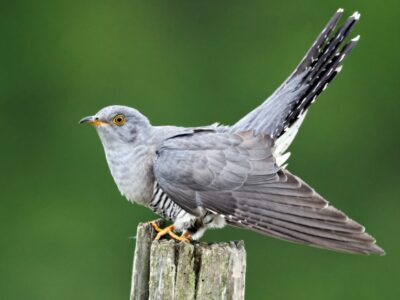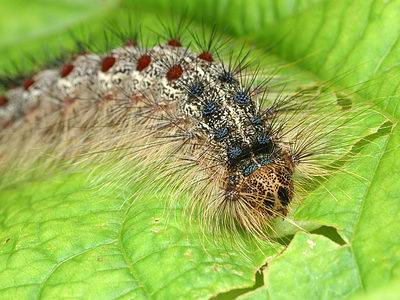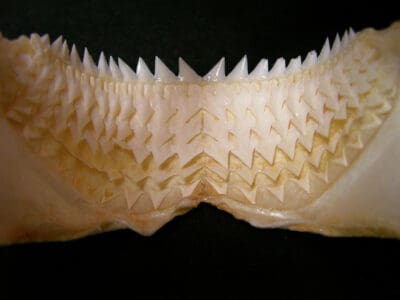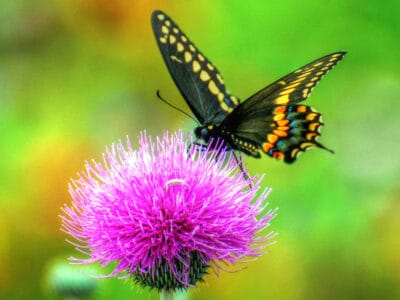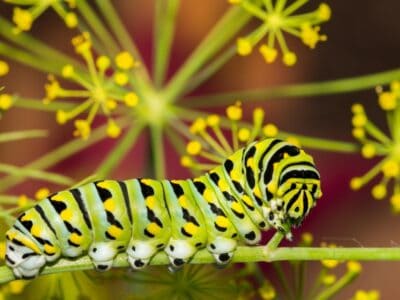Below you can find a complete list of New Zealand animals. We currently track 181 animals in New Zealand and are adding more every day!
New Zealand is a country in Oceania made up of two large islands (the North and South islands) and several smaller islands. New Zealand has a widely diverse topography and a temperate maritime climate, although it’s position within the Ring of Fire makes it susceptible to certain natural disasters. Due to millions of years of isolation in New Zealand’s past, and it being the last large habitable land mass to be colonized by humans, there are many unique types of flora and fauna native to the islands. Originally, New Zealand had very few predator mammals, leading to the increased evolution of flightless birds. It is also home to about 26 million sheep, which means there are five times more sheep than people in the country.
The Official National Animal of New Zealand
The national animal and the national bird of New Zealand is the native kiwi bird. This loveable, flightless bird is so strongly associated with New Zealand that the term “kiwi” is often used to refer to the native people of the country. Cartoonists started using the kiwi to symbolize New Zealand in the early 1900s.
There are five species of kiwi: brown kiwi, great spotted kiwi/roroa, little spotted kiwi, rowi, and tokoeka. The kiwi’s closest relatives are Madagascar’s extinct elephant birds. Kiwis are able to live for 25 to 50 years. When chicks hatch, they are fully feathered and it takes about 3-5 years to reach full adult size.
The kiwi has historic, cultural and spiritual importance for the indigenous Māori population, who use its feathers to make cloaks for high ranking individuals.
There are around 68,000 kiwis in existence. They are considered vulnerable in terms of conservation due to deforestation and the invasion of non-native predator mammals. As these birds are unable to fly, lack a breastbone and possess under-developed wing and chest muscles, they are at risk from dogs, whose bite can cause crushing injuries. Kiwi chicks face threats from stoats and cats. This beloved bird is associated with New Zealand so much that “kiwi” is used to refer to New Zealanders.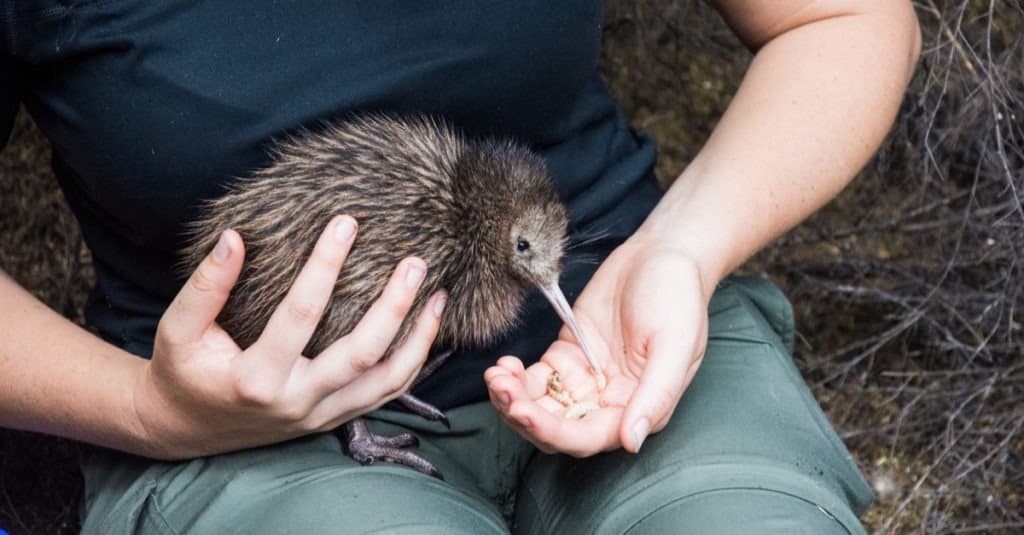
©K Ireland/Shutterstock.com
Where to Find the Top Wild Animals in New Zealand
The top animal in New Zealand is undoubtedly the national kiwi bird. Kiwis are very shy and elusive and mainly found in forests during nocturnal hours. Your best chance to spot a kiwi is at a wildlife sanctuary such as Pukaha National Wildlife Centre or see kiwi chicks at the National Kiwi Hatchery.
Another top animal is the lesser short-tailed bat. This bat is the only native land mammal in the country. It’s considered endangered and difficult to see outside of zoos.
Many of New Zealand’s common animals can be found in the waters surrounding the country. These include the fur seal, Hector’s dolphin, Maui dolphin, and Hooker’s sea lion. Little blue penguins and yellow-eyed penguins can be found in the Otago Peninsula area. In the Bay of Islands, cruises allow you to see common dolphins, bottlenose dolphins, and sometimes orcas in their natural habitat. Head to Kaikoura for whale watching, including sperm whales, and humpback, blue and killer whales. The Ohau Point Seal Colony is also nearby.
Zealandia, near the nation’s capital city of Wellington, is a 500-acre ecosanctuary with 40 species of birds and reptiles including the tuatara. It is guided by its mission to restore the region’s ecosystems to their pre-human state and has reintroduced 18 native wildlife species, many being absent from New Zealand for more than 100 years, including the highly endangered kākā. Yellow-eyed penguins can be found in the Otago Peninsula area. ©Anders Peter Photography/Shutterstock.com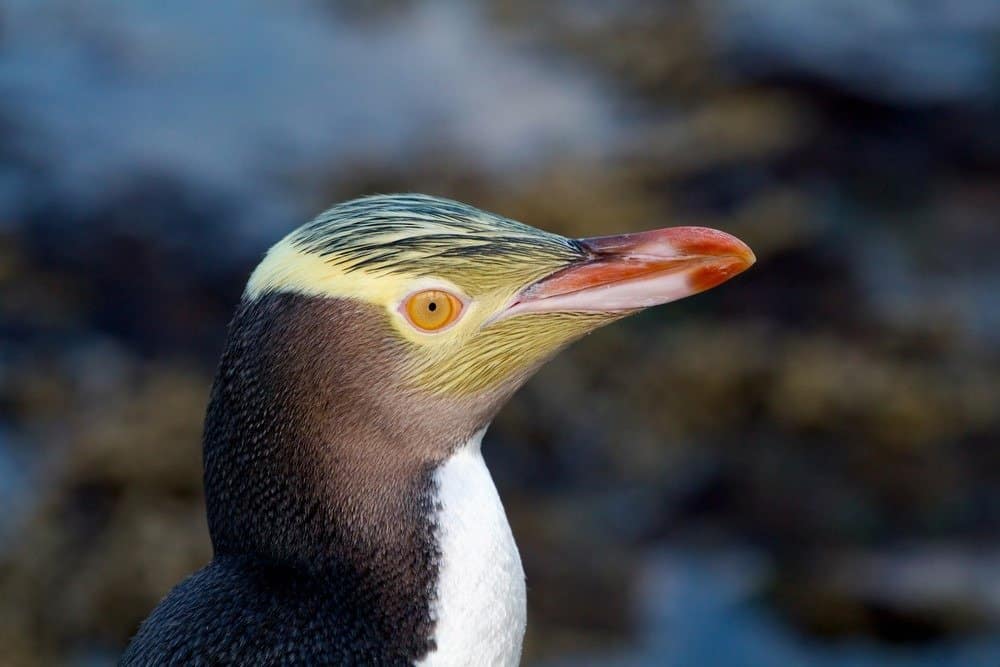
Native and Unique Wildlife to New Zealand
Due to its relative geographic isolation, this country is home to many types of fauna that are completely unique to it. There are around 80,000 endemic species, covering birds, reptiles, fish, and insects. However the only native land mammals are bats, of which there are two species: the long-tailed bat, classified as nationally critical, and the lesser short-tailed bat, categorized as nationally vulnerable to recovering.
There are about 85 endemic bird species in New Zealand, and the kiwi is one of these unique natives. Another unique native animal is the kea, the only alpine species of parrot in the world. They can be found in Arthur’s Pass National Park and Fiordland National Park and are known for eating nearly anything, including rubber parts on cars.
The weta is a native invertebrate of which new species are still being discovered, despite being around since prehistoric times. There are 70 recorded weta species (including 16 endangered ones) and while they vary in size have in common elongated bodies, spiny legs and curved tusks.
Another unique animal native to New Zealand is the chevron skink. Its claim to fame is that it’s the island’s longest lizard. The native kea is the only alpine species of parrot on the planet.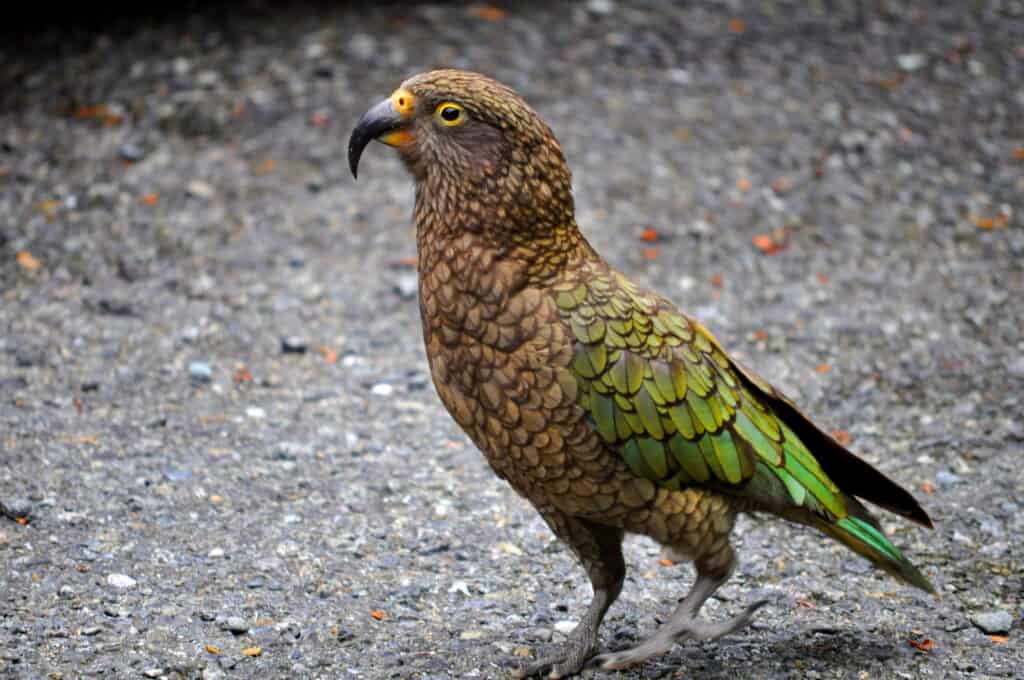
©Olivades/Shutterstock.com
Native Birds of New Zealand
New Zealand holds some of the most unique environments and species in the world, secluded as an island country. Birds of the country are especially of note. In fact, New Zealand is so fond of their avifauna that an annual Bird of the Year contest is held every October and is widely debated on platforms such as Twitter.
Many parts of the island are home to special birds, with some of these being choice spots to bird watch:
- Northland: Home of Project Island Song, a sanctuary using native tree planting, biosecurity measures, and species protection to bring native birdsong back to the country. PIS has successfully reintroduced native species to seven of the main islands. Kiwis are a popular bird to spot here at night.
- Auckland: Tiritiri Mātangi is a predator-free, forested island accessible by an hour-long ferry ride from Auckland. Around 300,000 native trees shelter many native wildlife species, including several unique bird species. The rare tākahē may be spotted by lucky visitors. North of Auckland lies the sanctuary of Tāwharanui Regional Park. More than 90 species of endangered birds are here, including the North Island robin, tākahē, pāteke (brown teal), kākāriki, tīeke, korimako (bellbird), and North Island brown kiwi.
- Waikato: Sanctuary Mountain Maungatautari lies in this district, a fenced-in ecological “island” teeming with native flora and fauna, including impressive bird watching.
- Dunedin: Royal Albatross Centre houses the only mainland breeding colony in the world for the royal albatross.
These are only a few of the many places in the country to visit for excellent birding. New Zealanders are highly protective of their distinctive avifauna, fiercely advocating for preservation of habitat and the birds’ well-being.
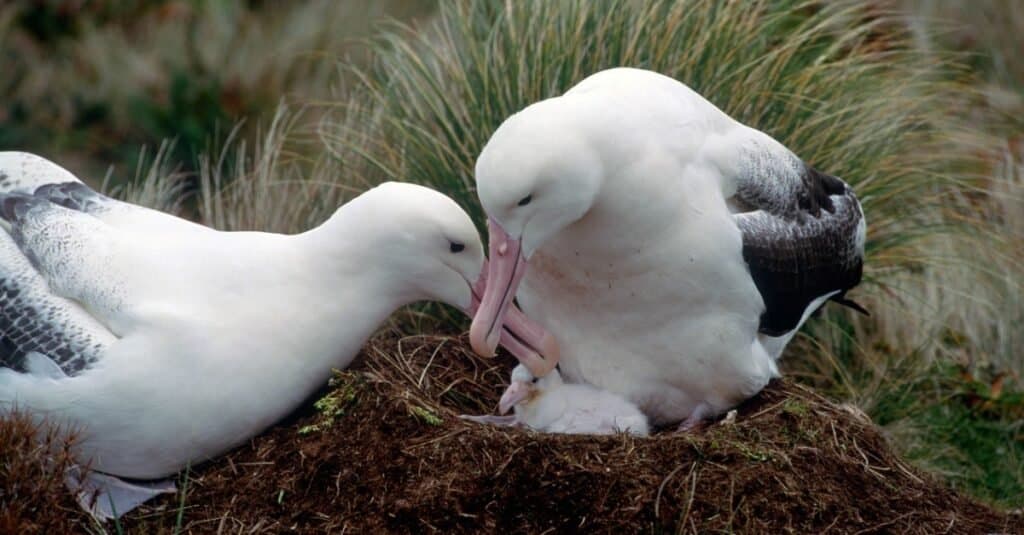
The only mainland breeding colony for the royal albatross on the planet is near Dunedin.
©iStock.com/JohnCarnemolla
Native Fish of New Zealand
Hiking, cricket, and photography are all popular hobbies in New Zealand, along with fishing. Surrounded by almost 10,000 miles of coastline, the country is a hotspot for sea fishing. Lakes and rivers also prove a draw to freshwater fisherman, especially those looking for trout.
Charters from the Bay of Plenty and Northland are available from December to June, big game fishing season. Commonly sought species include:
- Marlin
- Billfish
- Yellowfin tuna
- Kingfish
- Snapper (a prize for fishermen here)
Ocean fishing is not the only type of fishing in the country, however. Fly fishing and other freshwater fishing is available in the lakes and rivers of New Zealand. Trout is a particularly popular catch, especially prevalent in Lake Taupo. Here are some common freshwater finds:
- Rainbow trout
- Brown trout
- Salmon
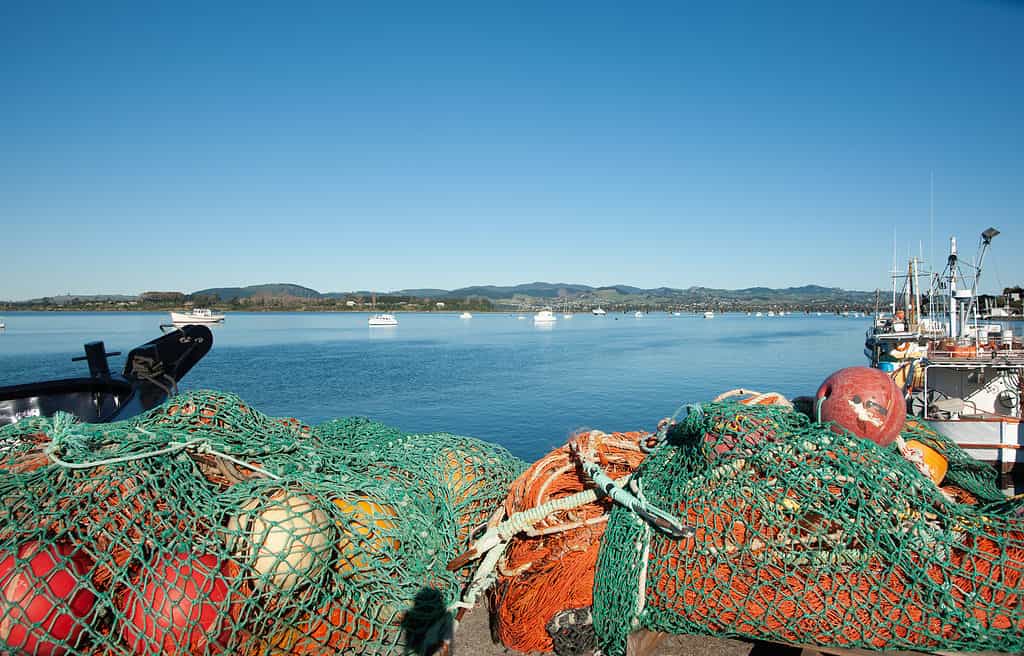
The Bay of Plenty is a popular spot to charter a boat during big game fishing season.
©Photos BrianScantlebury/Shutterstock.com
Native Snakes of New Zealand
Quite the paradise for avid nature-lovers, New Zealand’s many unique species actually exclude snakes. Giving visitors one less creepy crawly to worry about, there are no land snakes present due to snakes never evolving in the island country and seeing as they are unable to cross oceans.
It is one of the few countries in the world to contain no snakes, with others being Ireland, Greenland, Iceland, and Cape Verde. There is a total ban on snakes in New Zealand. Snakes can not be kept as pets or in zoos. It’s thought if snakes were allowed in, they would likely cause an imbalance in the snake-free ecosystem and endanger native species with no natural defenses.
Occasionally yellow-bellied sea snakes and sea kraits are spotted in the surrounding oceans but these are rare sightings. While there are no snakes on land in New Zealand, its waters contain some yellow-bellied sea snakes. ©Ken Griffiths/Shutterstock.com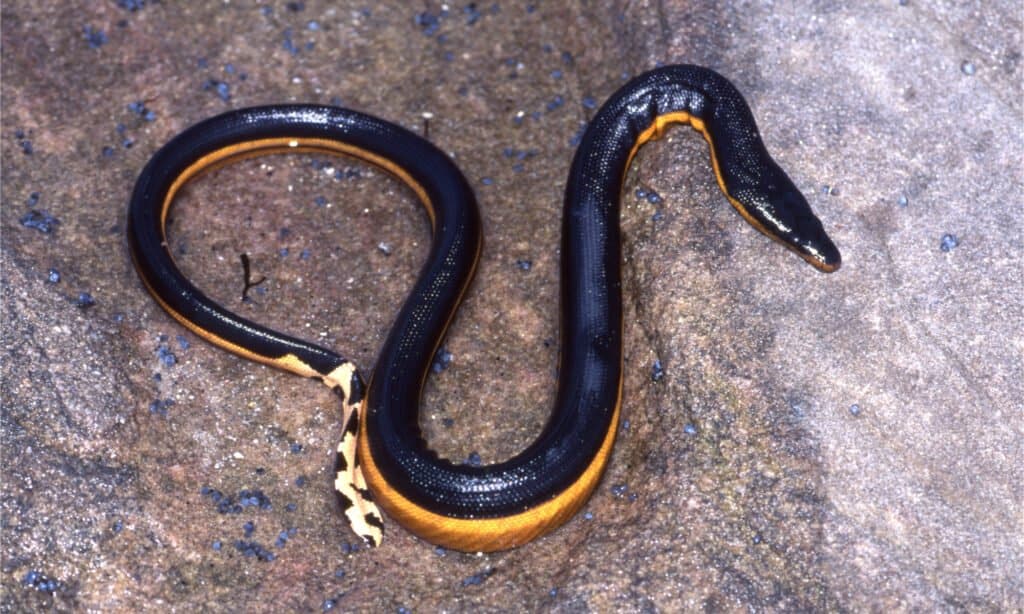
Largest Animals in New Zealand
Whales are the largest mammals on the planet, and New Zealand is home to the biggest of the whale species: the blue whale, which is the largest known animal on Earth.
Weighing up to 200 tonnes (220 tons) and growing up to 30 metres (98 feet) in length, blue whales live in New Zealand waters for part of the year and follow a migratory route running through the South Taranaki Bight. This species is critically endangered and now only numbers around 3,000 since they were hunted almost to extinction in the 20th century by commercial whaling. Whales can also sometimes be seen offshore from Kaikōura and Wairarapa.
The fascinating tuatara is the largest reptile in New Zealand, although as adult males grow close to 1 metre (3 feet) in length and weigh up to 1 kg (2 pounds), they are comparatively not that large an animal. It is the only reptile that has a beak and while it may look like a lizard, it is the sole surviving member of the order Rhynchocephalia. Its lineage can be traced back more than 200 million years, leading it to be known as a “living fossil” or “living dinosaur.” In addition, a tuatara has a third eye, known as a “parietal eye,” on the top of its head. The tuatara is New Zealand’s largest reptile and its lineage goes back more than 200 million years.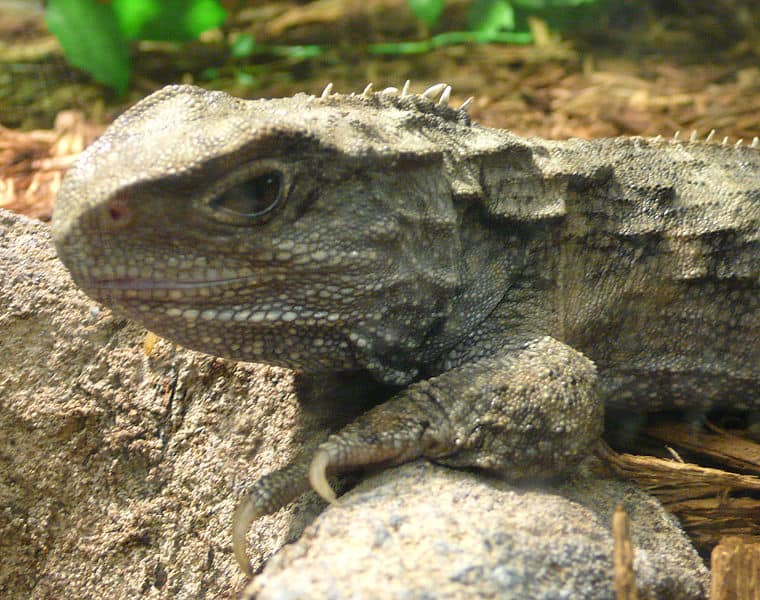
©TimVickers – Public Domain
The Most Dangerous Animals in New Zealand
There are over 70,000 species of flora and fauna, and some of these species are dangerous to humans. Sharks are probably the most dangerous animal in New Zealand as several species roam the waters, including the great white, tiger shark, and oceanic whitetip.
New Zealand also has a few venomous spider species, including the katipō spider, redback spider, and white-tailed spider. The latter spider species is also the most common, which makes it more likely that it will encounter and bite humans. Fortunately, it’s not as venomous as the other two spiders.
Another animal that is dangerous to people is the bluebottle jellyfish, or Indo-Pacific Man o’ War. This is not actually a jellyfish or a single animal but a siphonophore — a colony of tiny, specialized polyps working together. They have long tentacles whose sting (even after they are washed up on the shore and dead) can cause a lot of pain and sometimes result in anaphylactic shock, fever or respiratory distress.
A small but deadly animal that is fortunately not often seen is the grey side-gilled sea slug, which has very toxic eggs and larvae that can be lethal to humans and other animals, such as dogs, if eaten. The katipō spider is one of the country’s few venomous spider species. ©jesscostall / Creative Commons 2.0 – License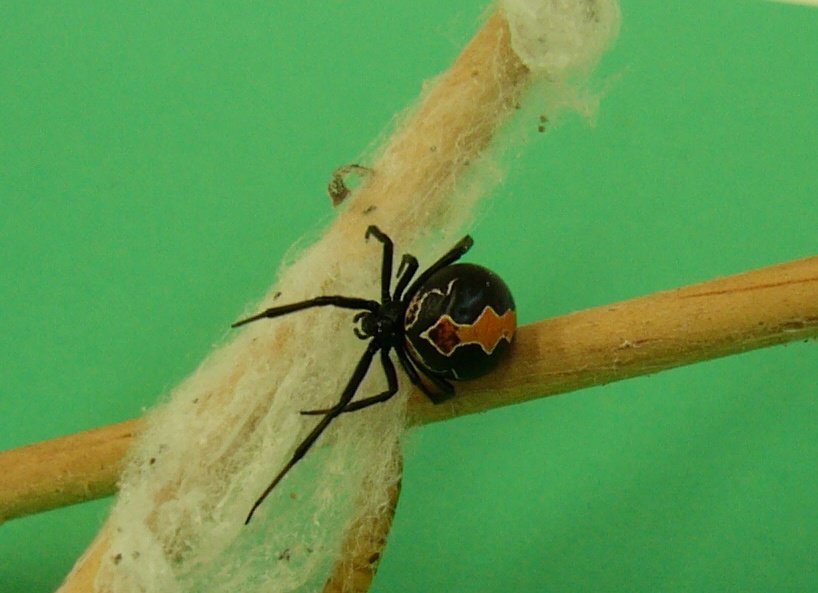
Endangered Animals in New Zealand
New Zealand unfortunately has the world’s highest proportion of threatened native species, totaling around 4,000 species. This covers at least 90% of seabirds, 84% of reptiles, 76% of freshwater fish, and 74% of terrestrial birds. Only around 38% of marine mammals and 12% of lizards are not at risk. Understandably, New Zealanders are very concerned about conservation and reducing the risk to their currently endangered animals, so their government developed the “Predator Free 2050” project. This aims to achieve a country where their native species are safe from extinction by eradicating their three most damaging predators: rats, stoats, and possums, which kill around 25 million native birds every year.
The fairy tern is New Zealand’s most endangered bird, and has a remaining population of between 30 and 40 animals. It’s threatened by a loss of habitat as well as predation by cats and dogs. The flightless kakapo parrot famed throughout the country has only 124 animals left in the wild and is endangered for the same reasons as the fairy tern.
The Maui dolphin is a subspecies of Hector’s dolphin, but it’s very endangered with only about 55 animals left. Gill nets and trawling nets are mainly to blame for the dolphin’s destruction.
Numbers of Canterbury knobbled weevils are so low that they were thought extinct since 1924. Once relatively widespread in Canterbury, there are now less than 100 adults in existence.
The Chesterfield skink was discovered in 1994 and officially classified as a distinct species in 2008, but is critically endangered and their population has been reduced so much that few of these skinks have been seen recently.
Other endangered animals include the following:
- Sea lion
- Southern elephant seal
- Bryde’s whale
- Greater short-tailed bat
- Black stilt
- White heron
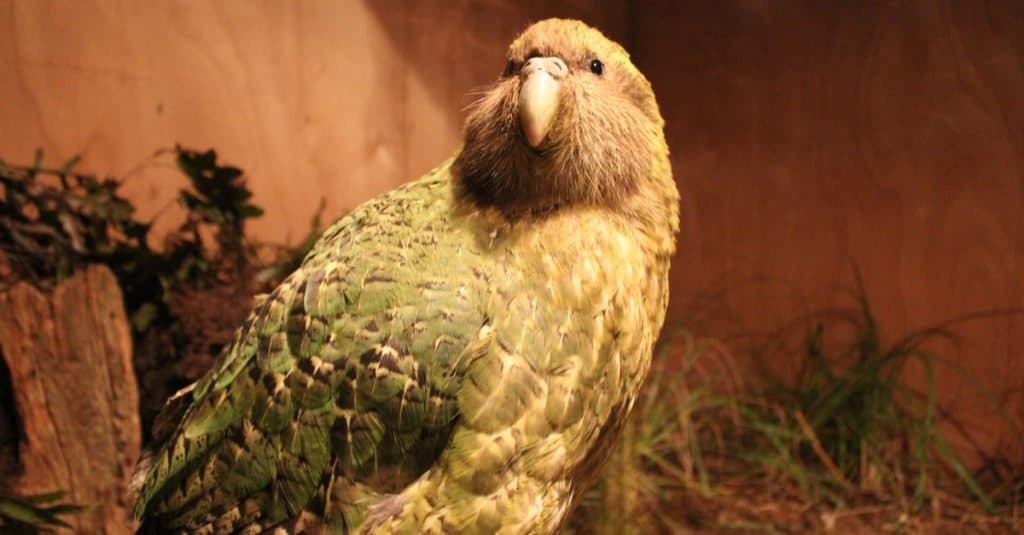
There are only 124 of the endangered, flightless kakapo parrots surviving in the wild.
©Imogen Warren/Shutterstock.com
Rare Animals of New Zealand
The country has the rarest and smallest dolphin in the world: the Hector’s dolphin, of which there are around 15,000 that live in the waters surrounding both islands.
New Zealand sea lions are another of the rarest species on the planet, and their population is around 10,000, mainly confined to the Otago and Southland regions and the sub-antarctic islands.
A native flightless bird with a richly colored appearance, the takahē is very rare with about only 300 in existence. Archey’s frog is an extremely small, rare species, with the males only reaching 3 cm (1 inch), and as they are one of only four native frog species left in the nation they are high on the list of evolutionarily distinct and globally endangered species.
While many of the endangered animals in New Zealand are by their numbers rare, there are animals that can be classified as rare due to the difficulty in spotting them in their natural habitats. White herons are not usually able to be seen in the wild but there is a chance you could spy them (along with kiwis at night) at the heavily protected breeding site around Ōkārito Lagoon in Westland. The stitchbird is another species rarely seen (although if you’re lucky you may hear their birdsong). There is a sole colony of the birds on Little Barrier Island and managed populations on Tiritiri Matangi and Kapiti islands.
It’s rare that people catch sight of one of the world’s smallest penguin species, the Eastern rockhopper, which is just 50 cm (20 inches) tall, because they can be found only in the nation’s subantarctic islands, including Campbell, Auckland, Antipodes, and Macquarie islands.
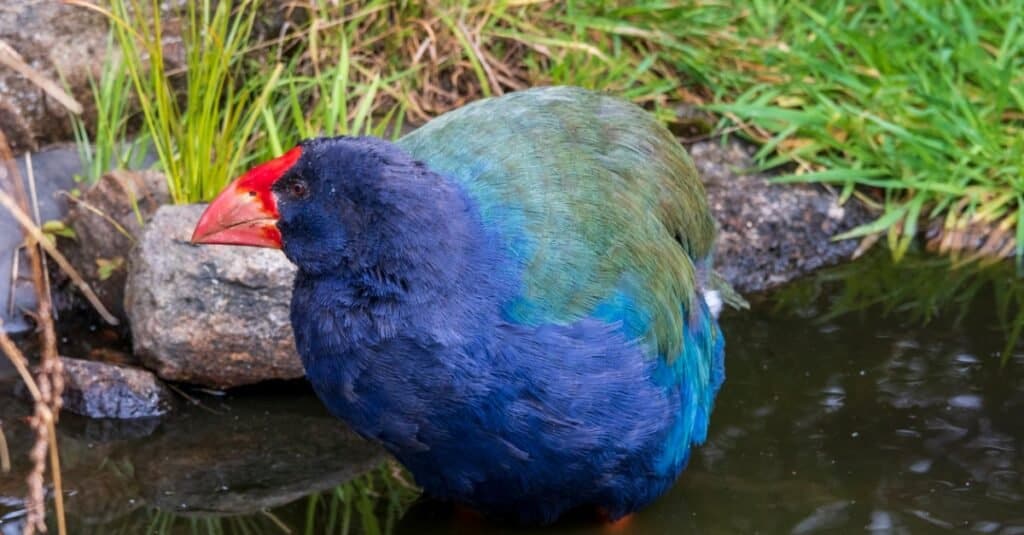
The richly colored takahē is very rare, with about only 300 known to be in the wild.
©iStock.com/Jef Wodniack
Extinct New Zealand Wildlife
Many animals have become extinct in New Zealand over the years, with the best-known being the moa. Nine species of this large, flightless bird lived on the nation’s land for millions of years until humans arrived in the late 13th century. The Polynesian settlers hunted and ate moas and their eggs, and reaserch into moa fossils has found that humans were the cause of this bird becoming extinct.
The Haast’s eagle also died out following the extinction of the moa, which was the eagle’s main prey. This eagle was the largest known eagle to have once existed and it weighed about 15 kg (33 pounds).
With the Polynesians came kiore (Pacific rats), which fed on smaller bird species, frogs, and lizards until extinction, and in the late 18th century Europeans introduced rat, cat, stoat, weasel, and ferret species, which preyed upon invertebrates and small ground-nesting birds. The species that have become extinct since human settlement include at least 51 birds, three frogs, three lizards, one freshwater fish, one bat, and a number of invertebrates.
One of these bird species, the huia, was of great importance to Māori, who reserved their tail feathers for high ranking people to wear on special occasions. It’s believed the last sightings of this bird were in the 1920s.
Other extinct New Zealand animals are:
- South Island goose
- Greater short-tailed bat
- Grayling
- Kawekaweau gecko
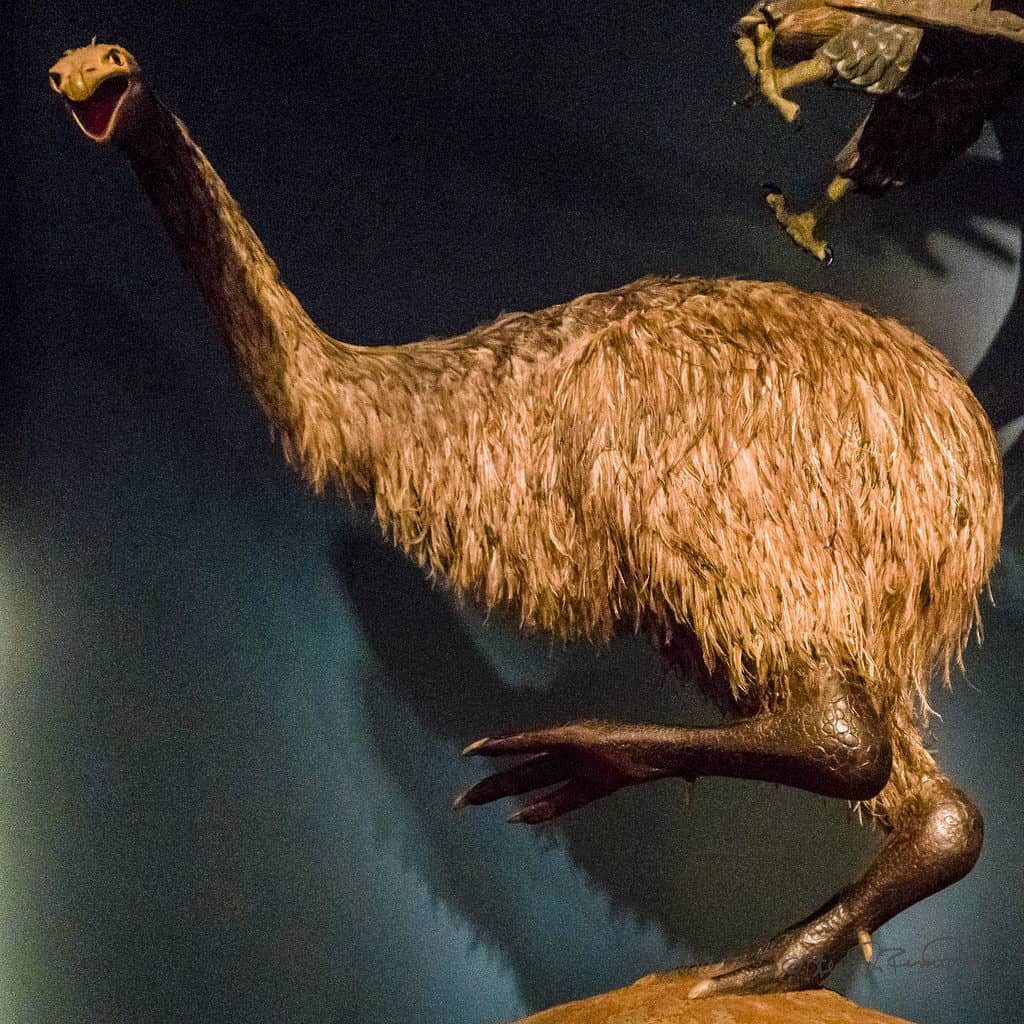
Moas were hunted to extinction after human settlers arrived in New Zealand.
©Steven dosRemedios / Flickr – License
Zoos in New Zealand
Looking at New Zealand wildlife in their natural habitat is always ideal, however, several particular zoos of the country are home to exceptional exhibits and opportunities to see native and exotic species and learn more about the preservation of these important species.
- Willowbank Wildlife Reserve: Dedicated to maintaining animals’ natural environments, there is no glass for viewing animals. Visitors are able to get up close and personal to kiwi, kea, and tuatara.
- Auckland Zoo: One of the main attractions of the city, this zoo is home to 135 species of wildlife, including African mammals, reptiles, and avifauna. The zoo has a veterinary hospital for treatment, recovery, and rehabilitation of injured wildlife.
- Orana Wildlife Park: Known around the world for its wildlife breeding program for native and exotic species, Orana sits on 197 acres of land and houses more than 400 animals. The aviaries and herpetarium are specifically popular.
- Wellington Zoo: You’ll find around 100 species of animals from four different continents in New Zealand’s first zoo, which was founded in 1906.
In addition to these zoos, there are several wildlife sanctuaries, such as the abovementioned Zealandia, that enable you to see animals of all types up close, including endangered species. One of these is Pukaha National Wildlife Centre, a captive breeding facility on 942 hectares of forest in the North Island.
New Zealand puts strong effort into protecting its native species and in conservation in general. The country’s zoos reflect this goal, contributing to rehabilitation, repopulation, and reintroduction of wild animals.
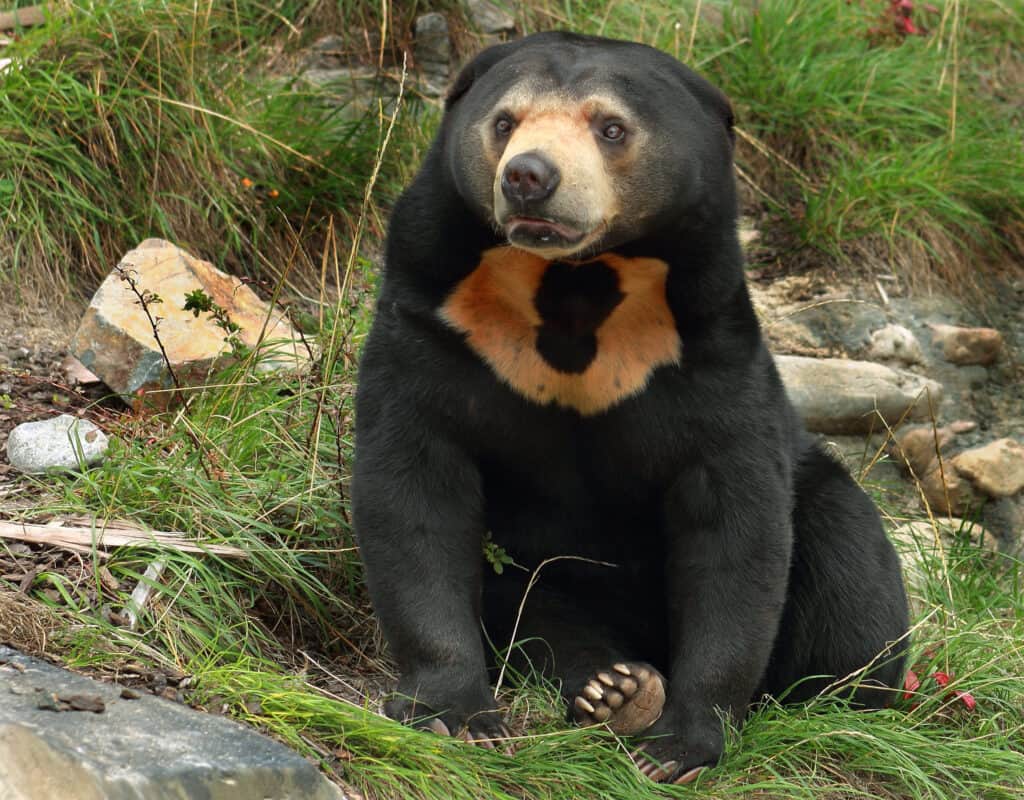
Sun bears are one of the 100 species at the Wellington Zoo.
©Molly NZ/Shutterstock.com
Flag of New Zealand
The flag of New Zealand has a dark blue field with the Union Jack in the upper left corner paying tribute to its British history. The four stars in red with white trim represent the Southern Cross constellation symbolizing the country’s location in the South Pacific Ocean.
New Zealand’s flag is sometimes confused with that of its neighbor Australia due to its similar design (the Southern Cross is symbolized on the Australian flag by a constellation of five stars in white). Like Australians, New Zealanders have debated changing their flag since the 1970s, similarly often linked to the issue of the country possibly becoming a republic instead of part of the Commonwealth. Alternative designs have included the silver fern, a native fern that is a symbol of the country and appears on the nation’s coat of arms.
A referendum in 2015 asked voters which new flag they would prefer from a number of designs. A second referendum was held in 2016, and people voted to keep the existing flag 56.6% to 43.1%. The flag features four stars in red with white trim that symbolize the Southern Cross constellation. ©iStock.com/Rawf8
National Parks in New Zealand
New Zealand is renowned for the beauty of its natural environments and pure quality of its landscapes. Due to its spectacular scenery, many movies and TV shows have been filmed in the country, with the most famous being “The Lord of the Rings.” When traveling around the North and South islands, you can experience secluded beaches, majestic mountains, and pristine lakes, and enjoy world-class skiing, surfing, and native culture in its national parks and beyond.
There are 13 national parks in the country encompassing more than 30,000 square kilometres (11,583 square miles) that protect natural attractions including Milford Sound, the Franz Josef Glacier and central North Island volcanoes.
Among the national parks, Aoraki/Mount Cook is named after the country’s highest mountain, Arthur’s Pass National Park can be seen by train on the TranzAlpine, and the Abel Tasman has what’s considered the finest coastal walk in the country.
Read about the 10 most beautiful national parks in New Zealand here, including their flora, fauna, and recreational activities. New Zealand’s highest mountain is in Aoraki/Mount Cook National Park.
©iStock.com/Gary Webber
New Zealand Animals
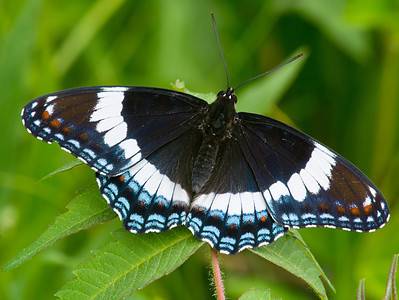
Admiral Butterfly
Stunningly beautiful wings
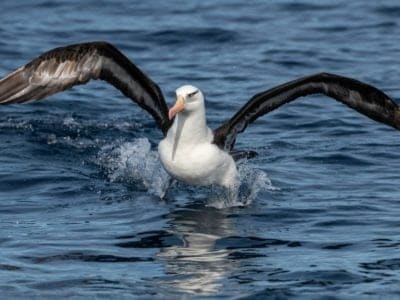
Albatross
The largest wingspan of any bird in the world!
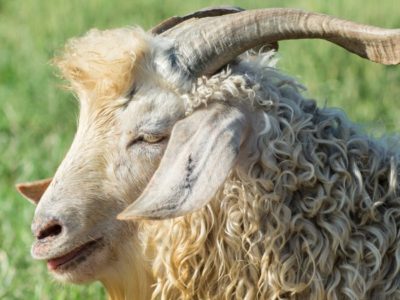
Angora Goat
Each adult Angora goat produces about 12 inches of mohair annually while kids have about 8 inches.
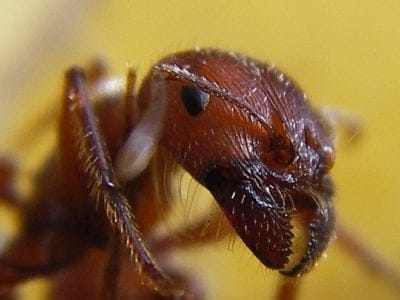
Ant
First evolved 100 million years ago!
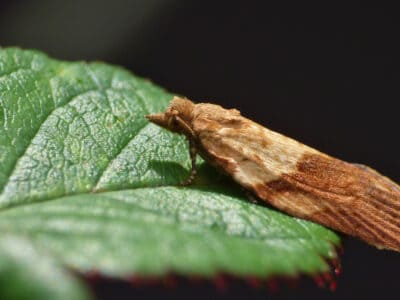
Apple Moth
In Australia the LBAM causes $21.1 million annually in lost production and control costs
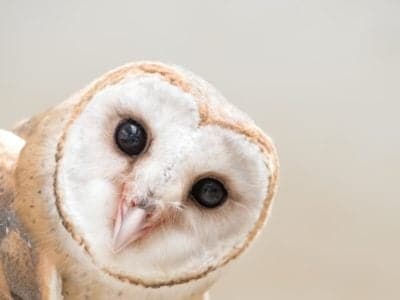
Barn Owl
Found everywhere around the world!
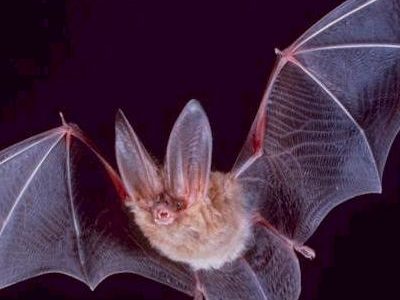
Bat
Detects prey using echolocation!
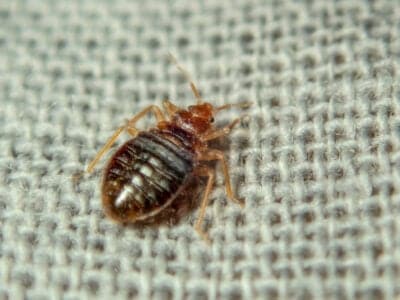
Bed Bugs
Bed bugs feed for 4-12 minutes.
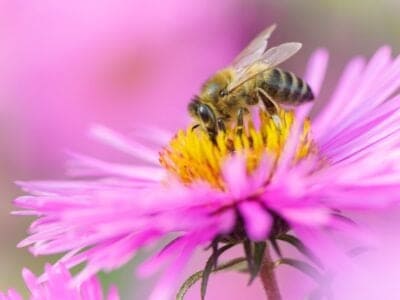
Bee
Rock paintings of bees date back 15,000 years
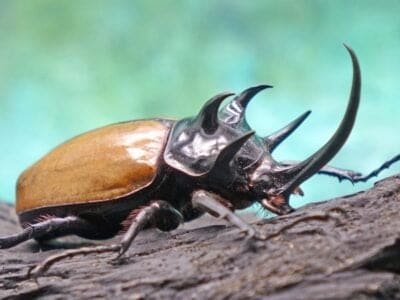
Beetle
There are more than 350,000 different species
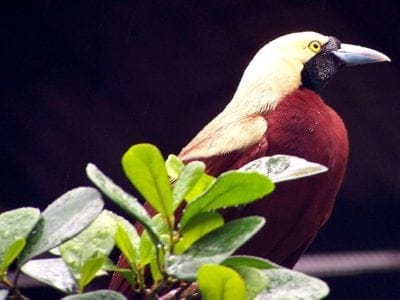
Bird
Not all birds are able to fly!
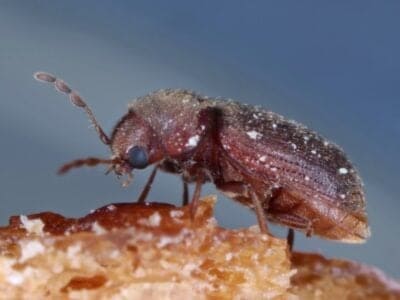
Biscuit Beetle
The biscuit beetle form a symbiotic relationship with yeast
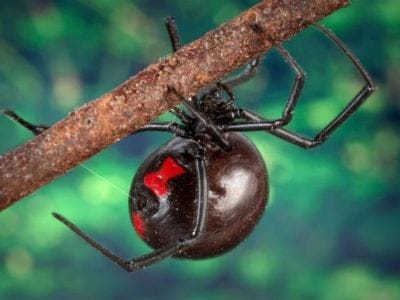
Black Widow Spider
They typically prey on insects!
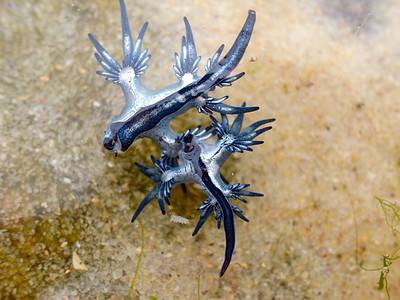
Blue Dragon Sea Slug
They inflict a painful, venomous sting
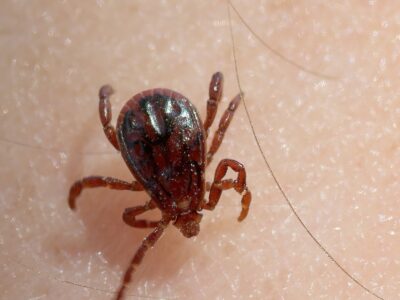
Brown Dog Tick
Can live its entire life indoors
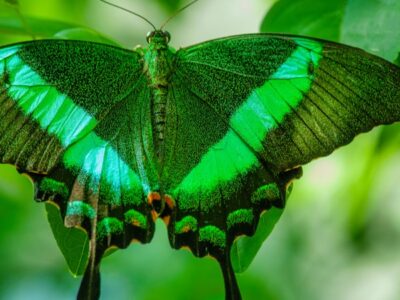
Butterfly
There are thought to be up 17,500 species!
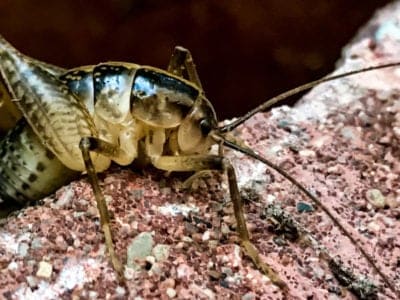
Camel Cricket
The camel crickets that are found in the USA are light brown in color. They also have dark streaks all over their body.
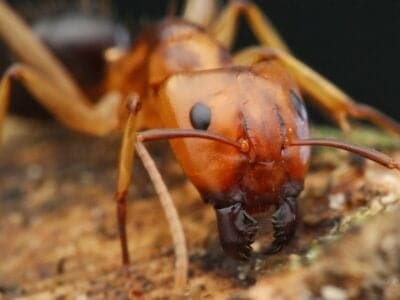
Carpenter Ant
Carpenter ants can lift up to seven times their own weight with their teeth!
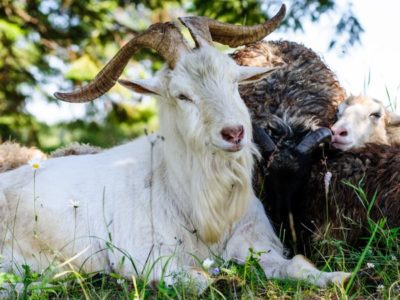
Cashmere Goat
Cashmere goat are named after Kashmir regions of India and Pakistan
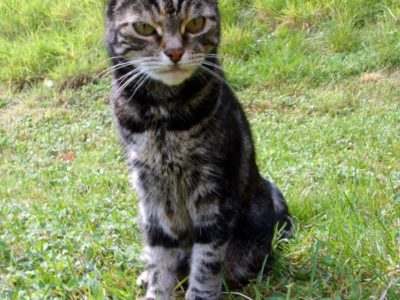
Cat
May have been domesticated up to 10,000 years ago.
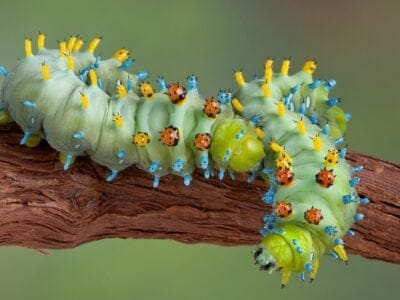
Caterpillar
The larvae of a moth or butterfly!
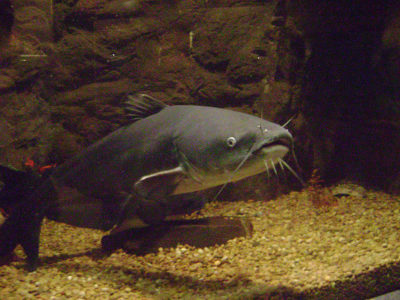
Catfish
There are nearly 3,000 different species!
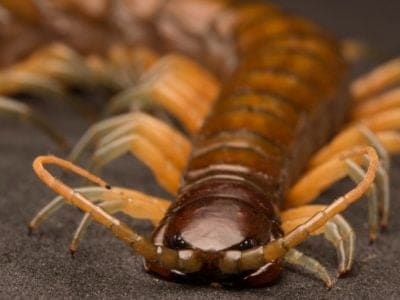
Centipede
There are about 3,000 documented species!
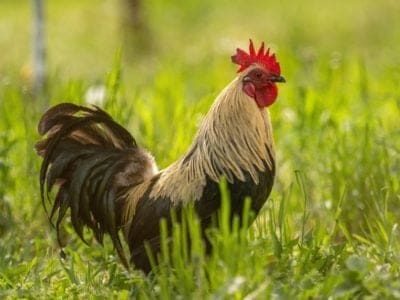
Chicken
First domesticated more than 10,000 years ago!
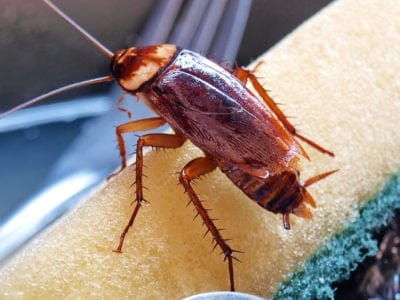
Cockroach
Dated to be around 300 million years old!
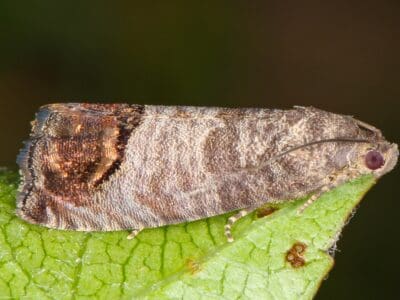
Codling Moth
Pupae are able to undergo diapause to survive poor fruit yield years and winter.
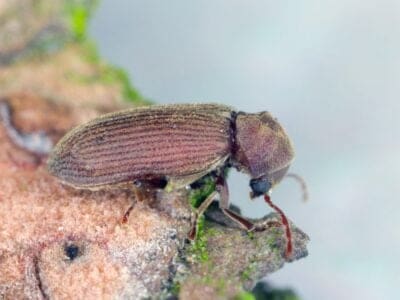
Common Furniture Beetle
The common furniture beetle feeds exclusively on wood
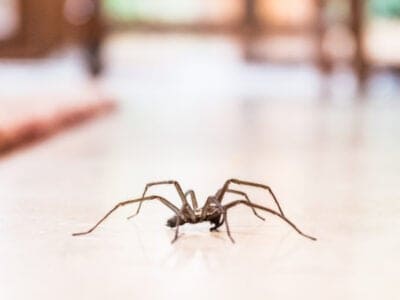
Common House Spider
House spiders have the ability to eat most insects in a home.
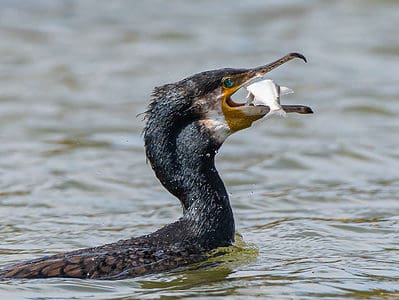
Cormorant
They can fly 35 mph and dive 150 feet below water.
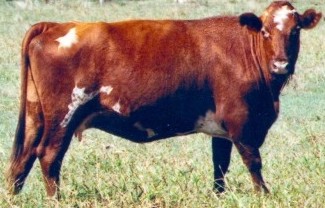
Cow
There are nearly 1.5 billion worldwide!
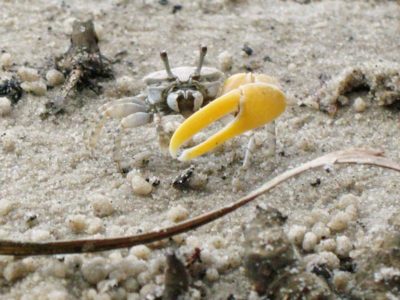
Crab
There are 93 different crab groups
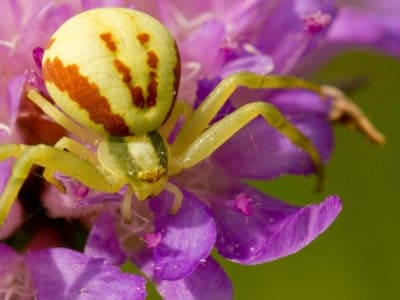
Crab Spider
Crab Spiders can mimic ants or bird droppings
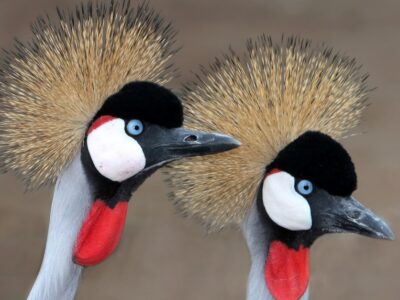
Crane
Many are critically endangered species!
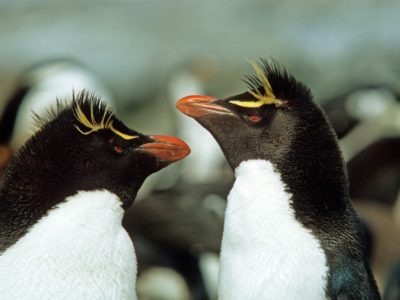
Crested Penguin
Has long yellow eyebrows!
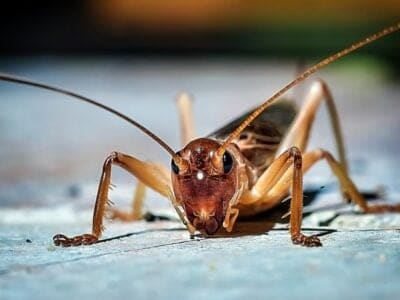
Cricket
Male crickets can produce sounds by rubbing their wings together
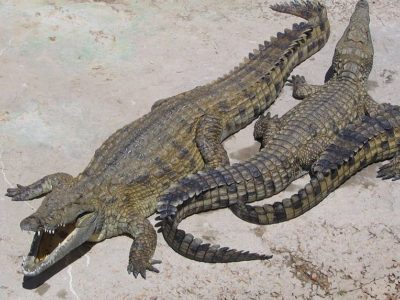
Crocodile
Have changed little in 200 million years!

Diamondback Moth
Adult males make high amplitude boing noise to attract females
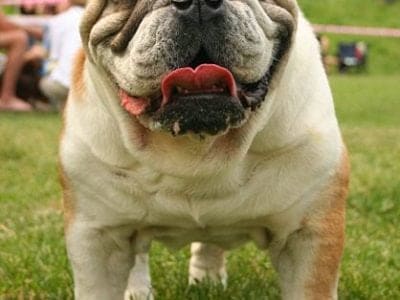
Dog
First domesticated in South-East Asia!
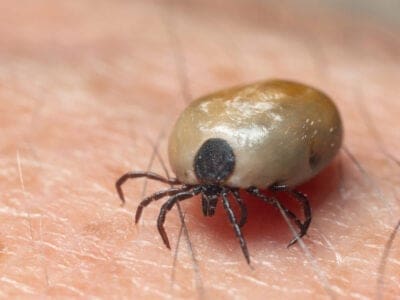
Dog Tick
Dog ticks feed on dogs and other mammals
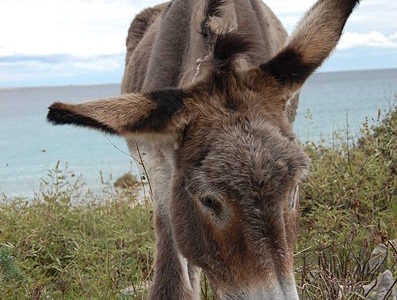
Donkey
First domesticated 5,000 years ago!
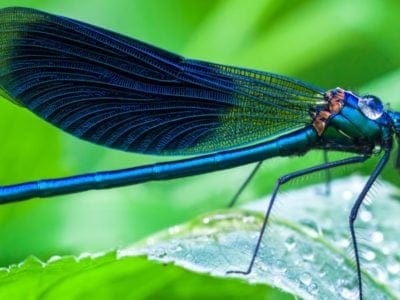
Dragonfly
It's larvae are carnivorous!
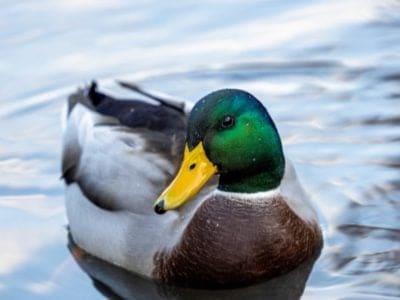
Duck
Rows of tiny plates line their teeth!
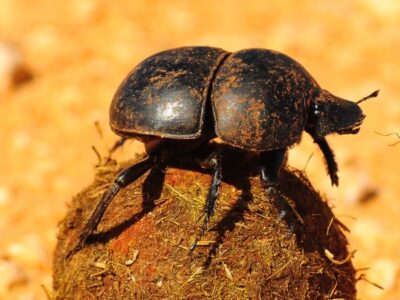
Dung Beetle
The dung beetle can push objects many times its own weight

Dunnock
Both male and female dunnocks can have multiple mates every breeding season
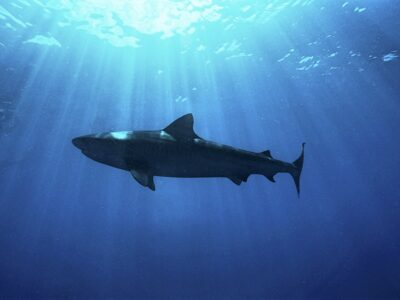
Dusky Shark
The Dusky Shark sometimes eats trash discarded by humans.
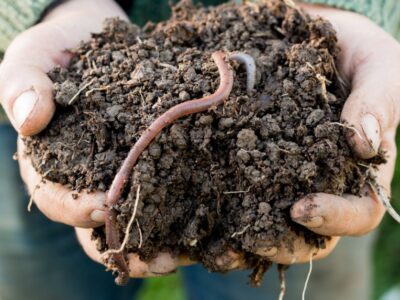
Earthworm
They are hermaphrodites, which means they have male and female organs
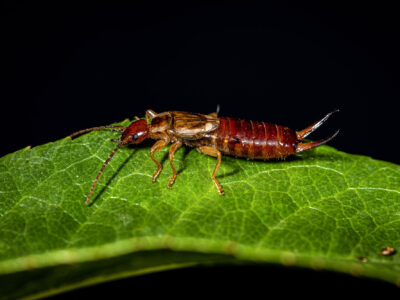
Earwig
There are nearly 2,000 different species!

Eel
Eels can be a mere few inches long to 13 feet!
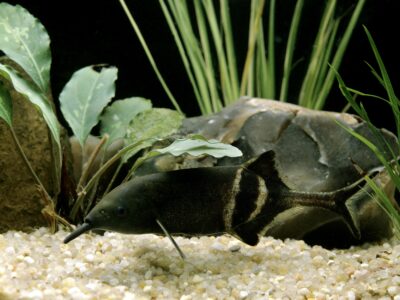
Elephant Fish
Elephant fish are known as the Australian ghost shark, but they are not actually a shark species!
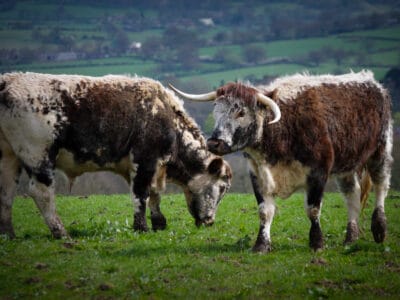
English Longhorn Cattle
Although they look similar to the Texas Longhorn, they are not closely related.
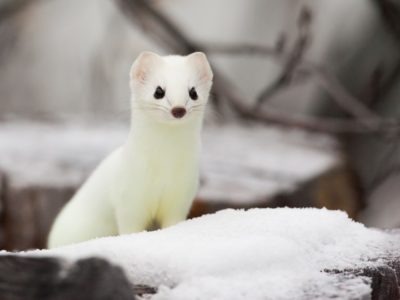
Ermine
A very bold and ferocious predator!
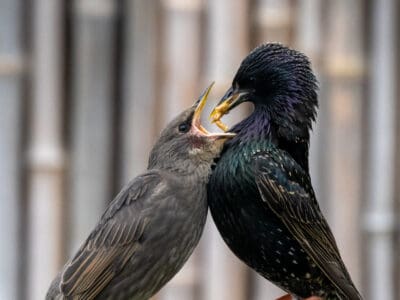
European Starling
European starlings are accomplished mimics, often copying songs or sounds of other birds and animals (frog calls, goats, cats), or even mechanical sounds and human speech!
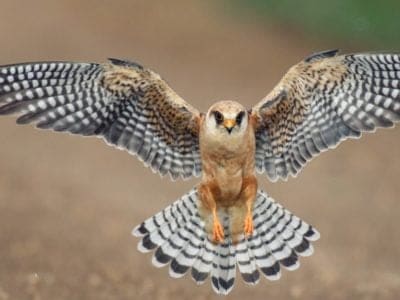
Falcon
The fastest creatures on the planet!
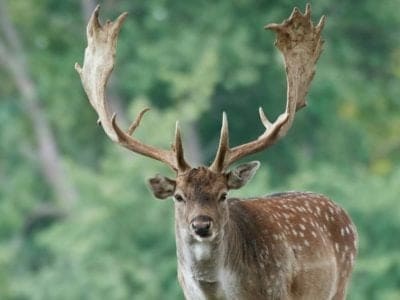
Fallow deer
The fallow deer has more variation in its coat colors than most other deer.
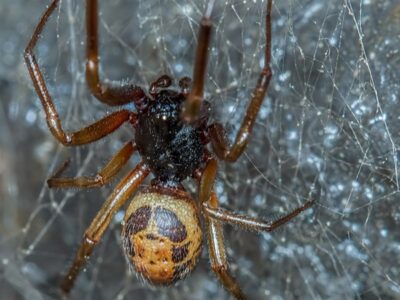
False Widow Spider
False spiders actually prey on black widow spiders and other hazardous spiders
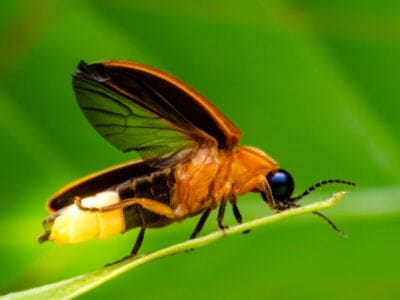
Firefly
The firefly produces some of the most efficient light in the world
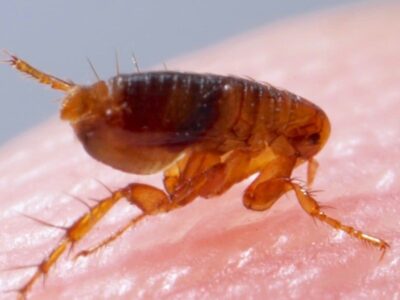
Flea
Adult fleas can jump up to 7 inches in the air
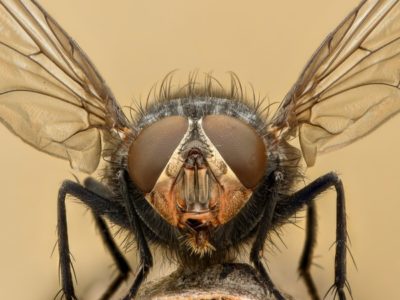
Fly
There are more than 240,000 different species!
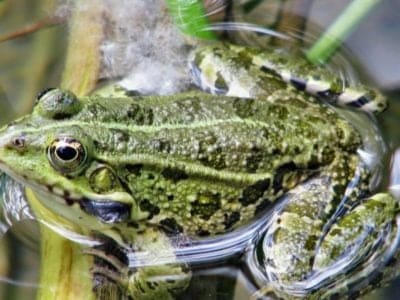
Frog
There are around 7,000 different species!
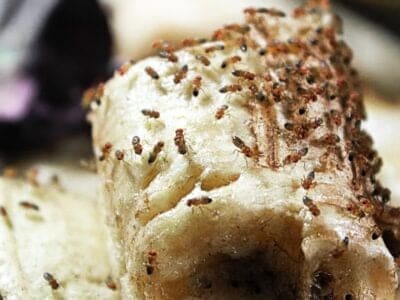
Fruit Fly
Fruit flies are among the most common research animals in the world
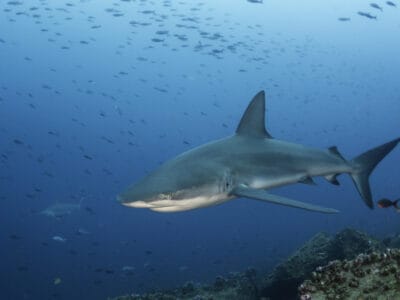
Galapagos Shark
Galapagos sharks are cannibalistic and sometimes eat their young, so the pups stay away from the adults in shallow water.
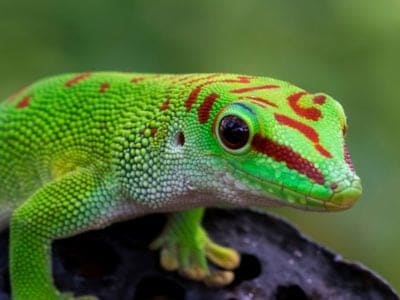
Gecko
There are thought to be over 2,000 species!
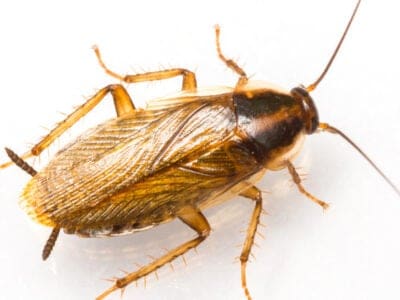
German Cockroach
The most common type of urban roach
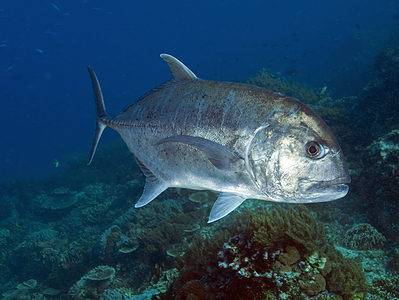
Giant Trevally
The largest fish in its genus
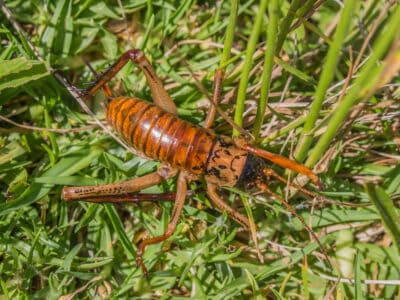
Giant Weta
They've been around for 190,000,000 years!
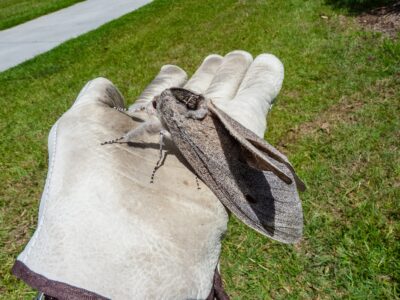
Giant Wood Moth
The giant wood moth is the heaviest known moth in the world.
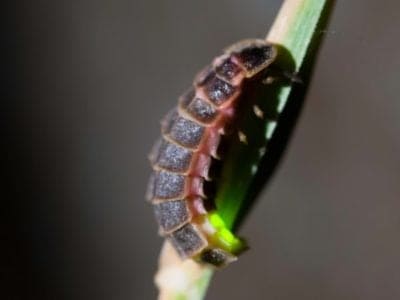
Glowworm
Found inhabiting dense woodland and caves!
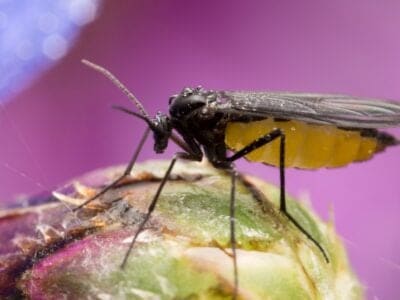
Gnat
Males form large mating swarms at dusk
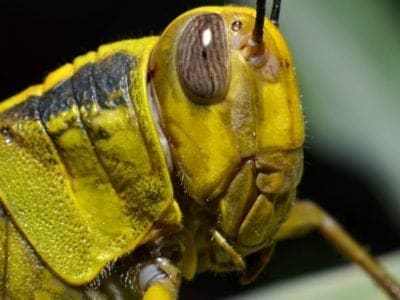
Grasshopper
There are 11,000 known species!
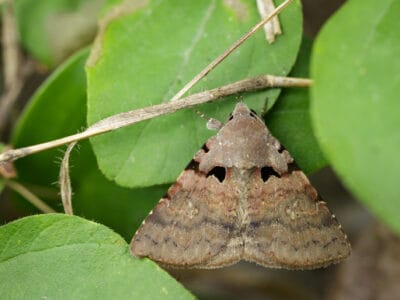
Gypsy Moth
One of the most invasive species in the world
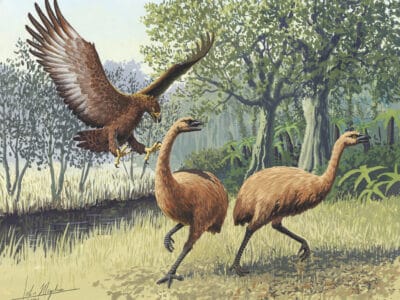
Haast’s Eagle
The Haast's eagle was the largest eagle to have ever existed.
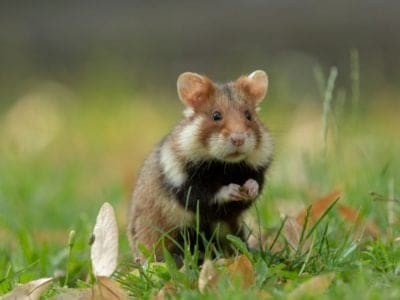
Hamster
Able to run as quickly backwards as forwards!
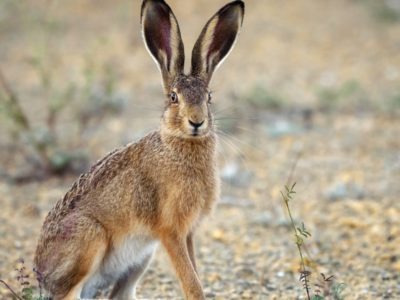
Hare
Can reach speeds of over 50 mph!
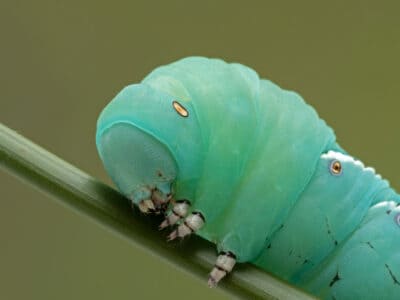
Hawk Moth Caterpillar
Many hawk moth caterpillars eat toxins from plants, but don’t sequester them the way milkweed butterflies do. Most toxins are excreted.
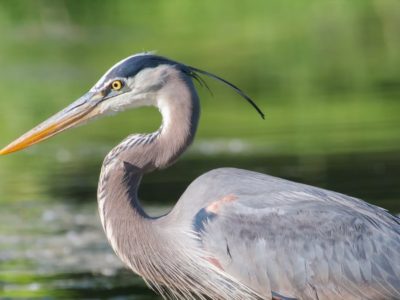
Heron
Inhabits wetlands around the world!
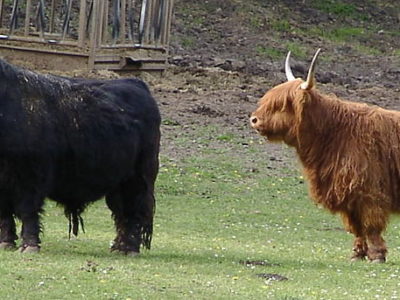
Highland Cattle
Natively found in the Scottish Highlands!
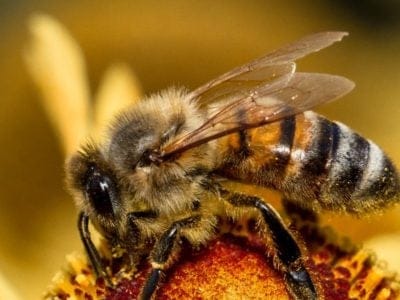
Honey Bee
There are only 8 recognized species!
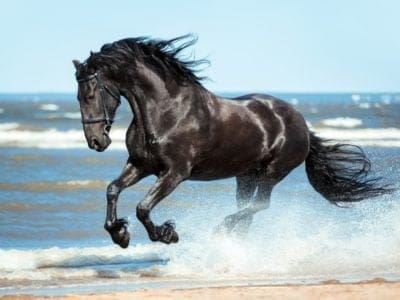
Horse
Has evolved over 50 million years!
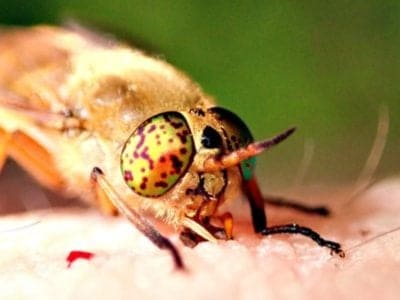
Horsefly
Horseflies have been seen performing Immelmann turns, much like fighter jets.
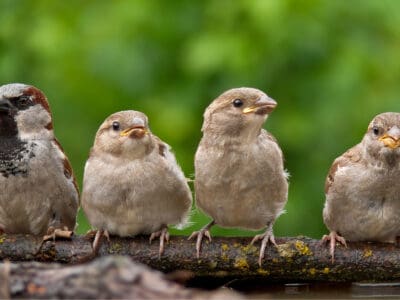
House Sparrow (English Sparrow)
The house sparrow has been introduced all over the world
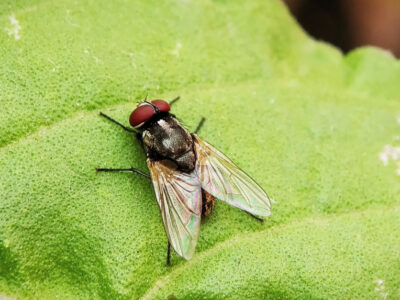
Housefly
The fly has no teeth
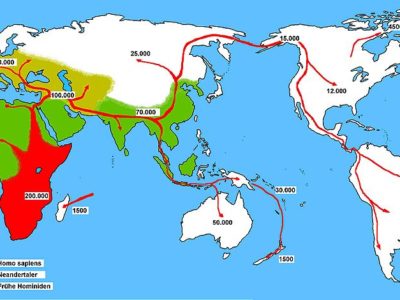
Human
Thought to have orignated 200,000 years ago!

Huntaway
Huntaways have a strong instinct for herding.
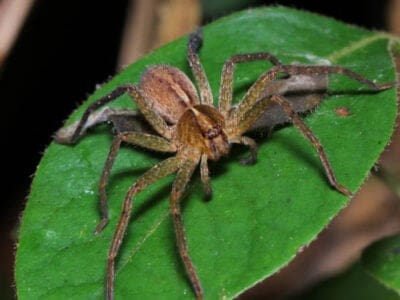
Huntsman Spider
Some huntsman spiders have an interesting way of moving around. Some cartwheel while others do handsprings or backflips.
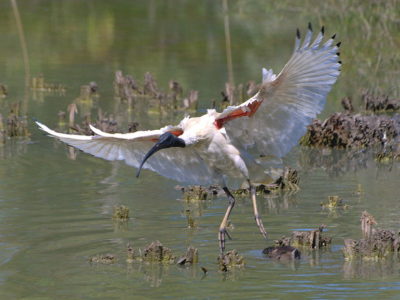
Ibis
Found in swamps, marshes and wetlands!
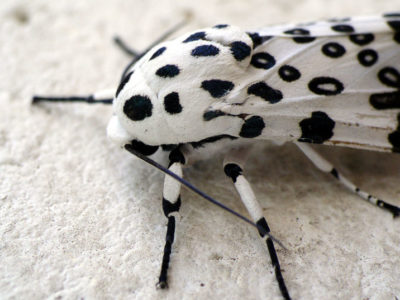
Insects
There are an estimated 30 million species!
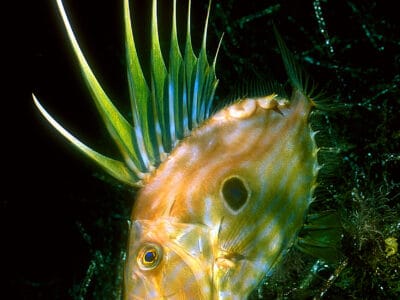
John Dory
The John Dory is often labeled one of the ugliest fish in the world and has no known relatives.
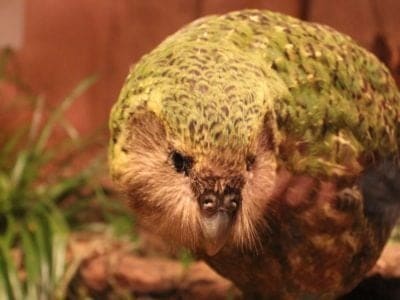
Kakapo
The heaviest species of parrot in the world!
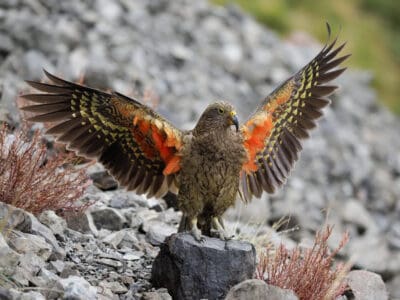
Kea
This lovable pest may come to you asking for food or attempting to steal your belongings! They are named for their loud vocalizations, “kee-aaa!”
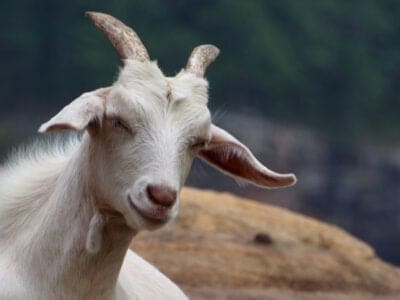
Kiko Goat
Kiko goats breed year-round, and they are not good at defending themselves.
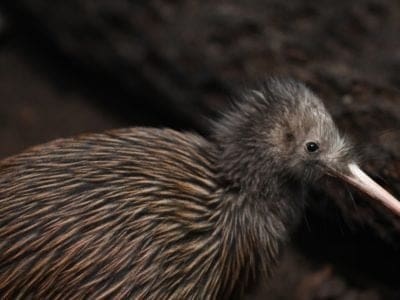
Kiwi
Only found in the forests of New Zealand!
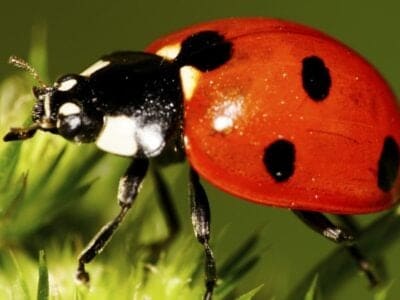
Ladybug
There are more than 5,000 species worldwide!
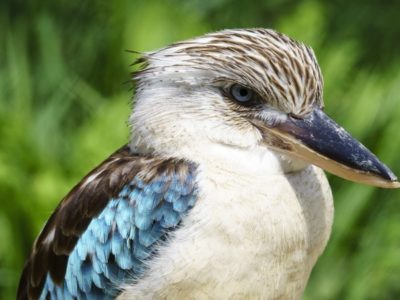
Laughing Kookaburra
The laughing kookaburra is one of four kookaburra species.
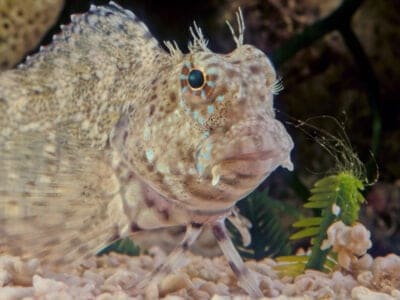
Lawnmower Blenny
Must be in temperatures of 78 degrees Fahrenheit to breed
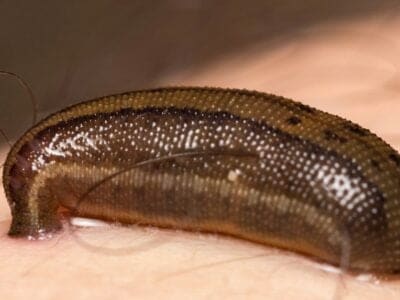
Leech
Has 10 pairs of eyes!
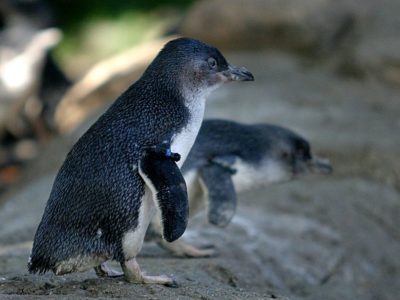
Little Penguin
The smallest species of penguin!
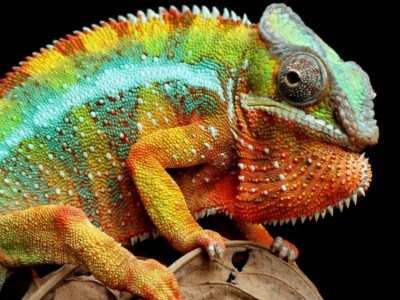
Lizard
There are around 5,000 different species!
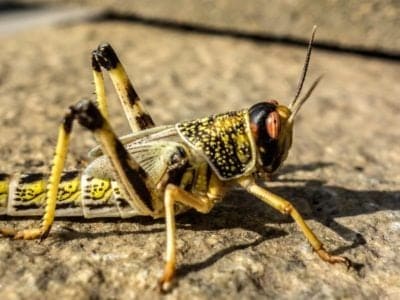
Locust
Each locust can eat its weight in plants each day.
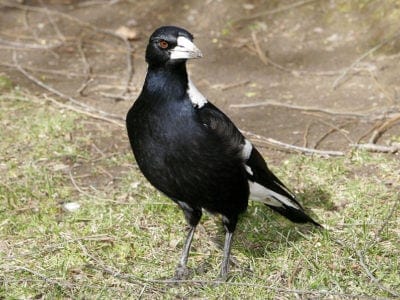
Magpie
They are found across Europe, Asia and Africa!
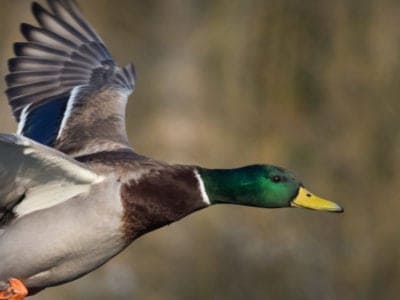
Mallard
With an appropriate tail wind, the mallard can travel hundreds of miles a day
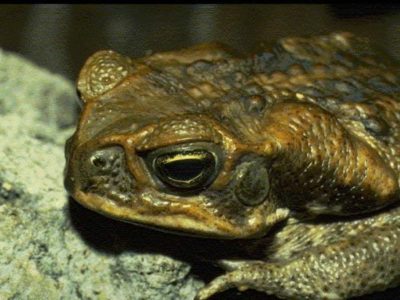
Marine Toad
Produces a toxin used in arrow darts!
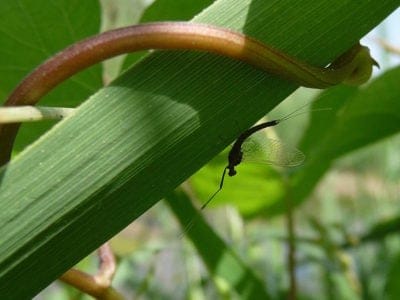
Mayfly
There are 2,500 known species worldwide!
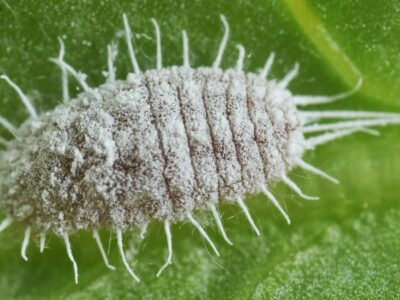
Mealybug
They have a symbiotic relationship with ants.
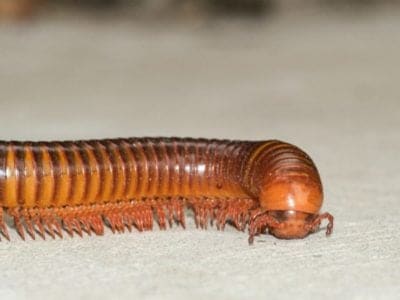
Millipede
Some species have a poisonous bite!
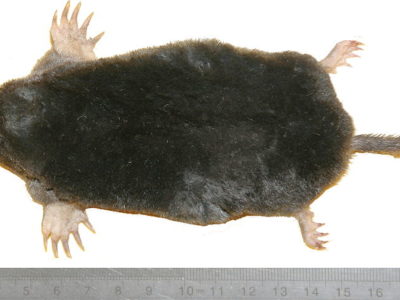
Mole
Primarily hunts and feeds on Earthworms!
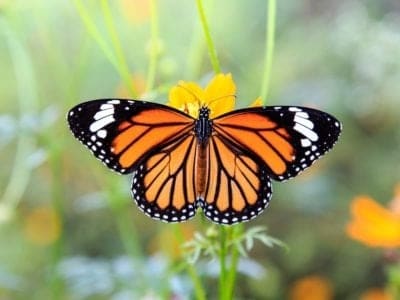
Monarch Butterfly
During migration, Monarch Butterflies may travel 250 or more miles each day.

Mongrel
Has characteristics of two or more breeds!
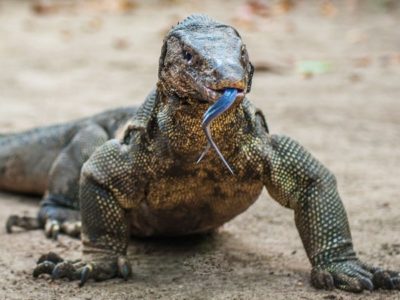
Monitor Lizard
Some species are thought to carry a weak venom!
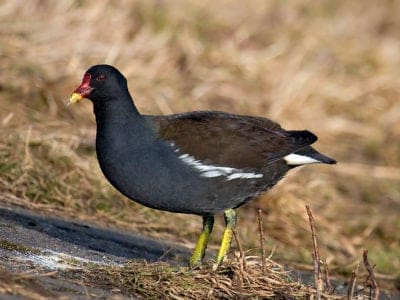
Moorhen
Feeds on aquatic insects and water-spiders!
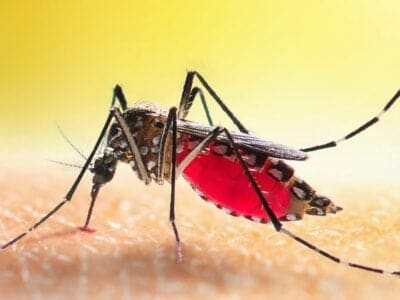
Mosquito
Only the female mosquito actually sucks blood
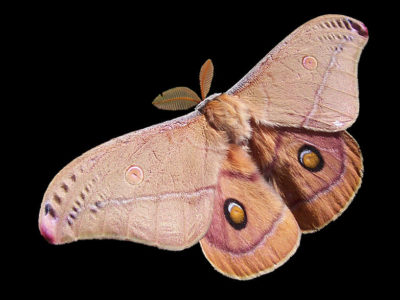
Moth
There are 250,000 different species!
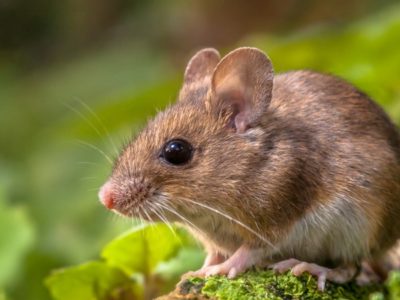
Mouse
Found on every continent on Earth!
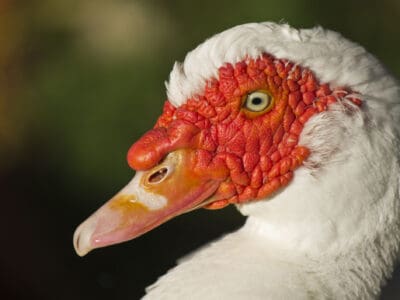
Muscovy Duck
Unlike most duck species, the Muscovy is silent and only makes noise when excited or threatened.
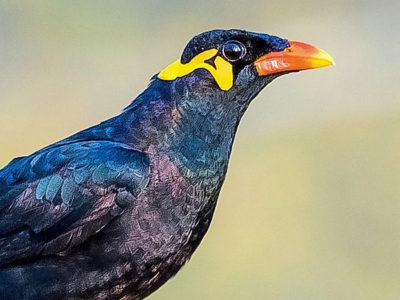
Myna Bird
Many people believe the hill myna bird is better at mimicking humans than a parrot!
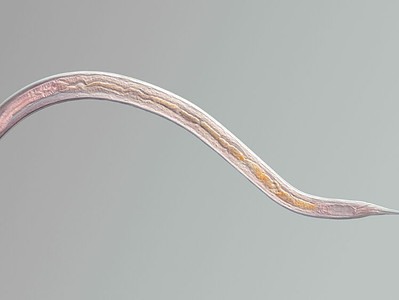
Nematode
Nematodes range in size from 1/10 of an inch to 28 feet long
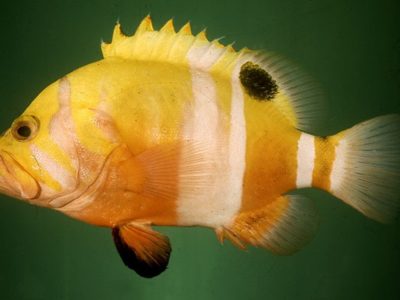
Neptune Grouper
The largest recorded specimen ever caught was 17" long
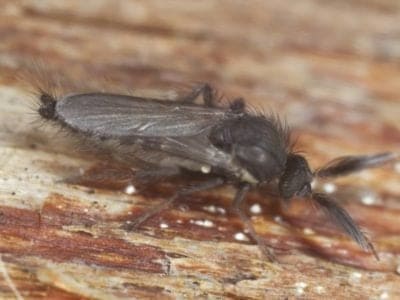
No See Ums
There are more than 5,000 species.
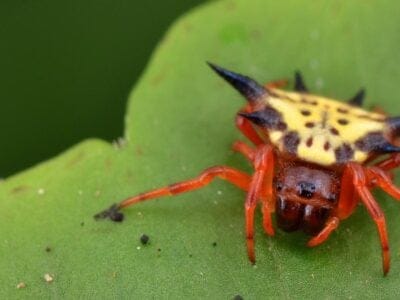
Orb Weaver
Females are about four times the size of males
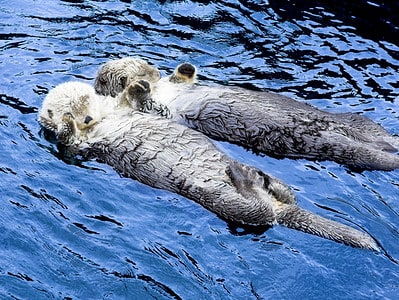
Otter
There are 13 different species worldwide
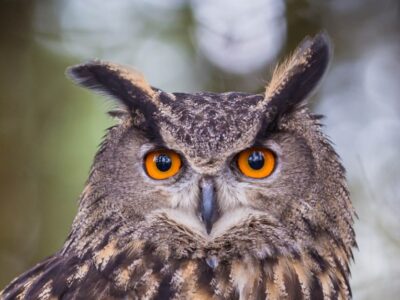
Owl
The owl can rotate its head some 270 degrees
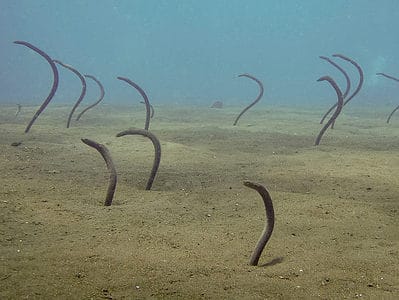
Pacific Spaghetti Eel
They have excellent eyesight
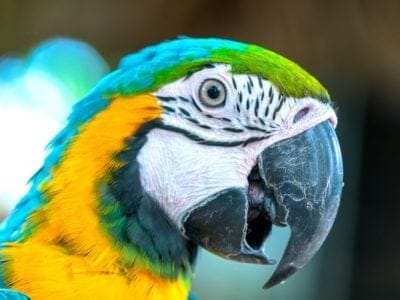
Parrot
Can live for up to 100 years!
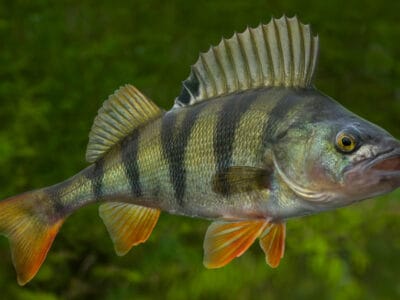
Perch Fish
Some of the most delicious gamefish in the world
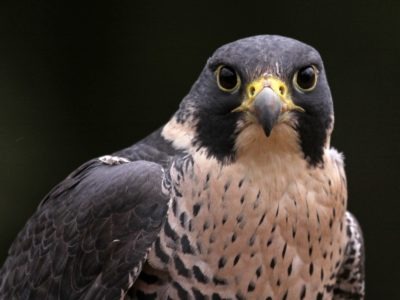
Peregrine Falcon
Fastest animal on Earth
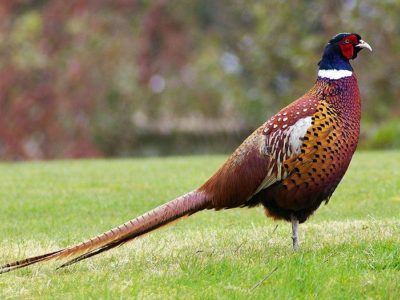
Pheasant
Females lay between 8 and 12 eggs per clutch!
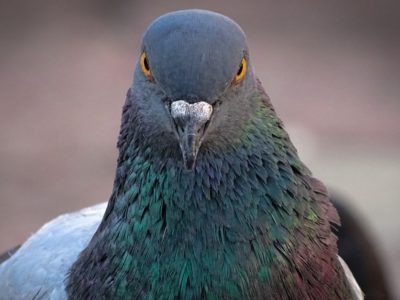
Pigeon
They can find their way back to their nests from up to 1300 miles away.
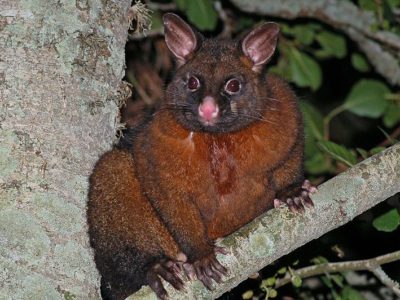
Possum
There are 69 species on the Australian continent!
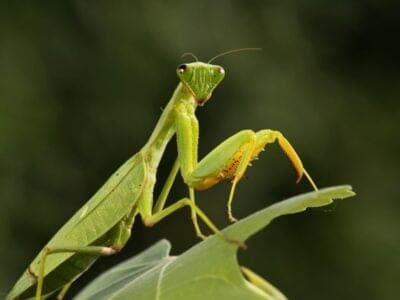
Praying Mantis
The mantis can turn its head 180 degrees.
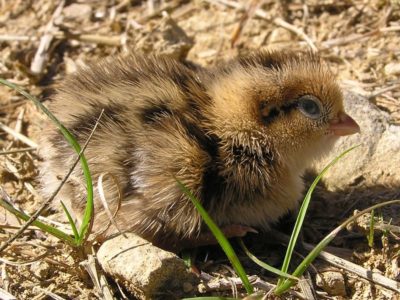
Quail
Inhabits woodland and forest areas worldwide!
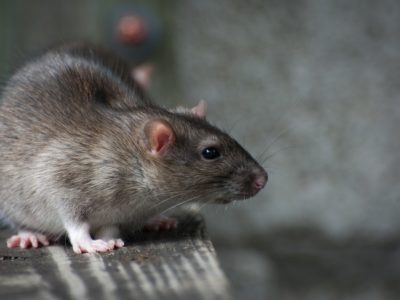
Rat
Omnivores that eat anything!
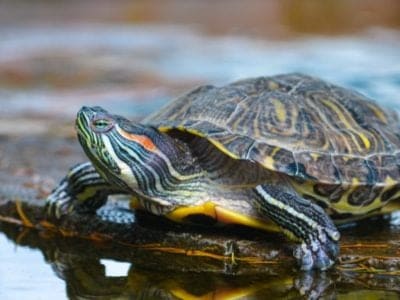
River Turtle
Inhabits freshwater habitats around the world!
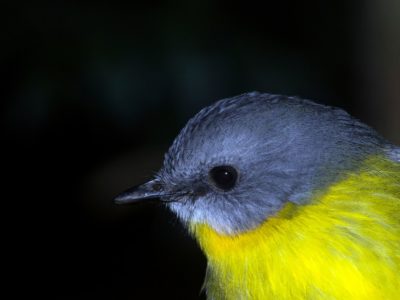
Robin
There are more than 45 species in Australia alone!
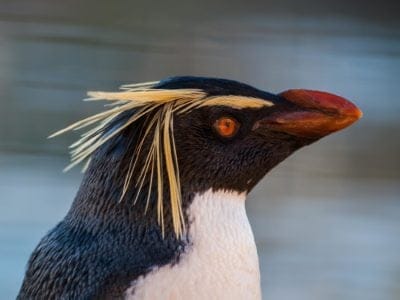
Rockhopper Penguin
There are 3 different species!
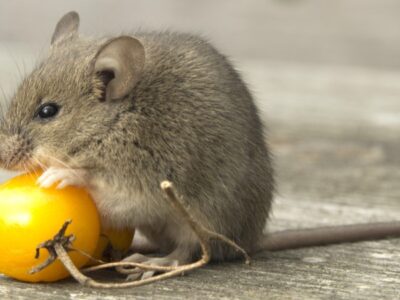
Rodents
The capybara, the world’s largest rodent, likes to be in and around bodies of water. Because of this, the Catholic Church in South America decided that it was a fish, and people were allowed to eat it during Lent and First Fridays.
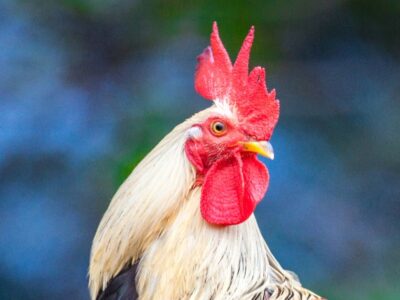
Rooster
Will mate with the entire flock!
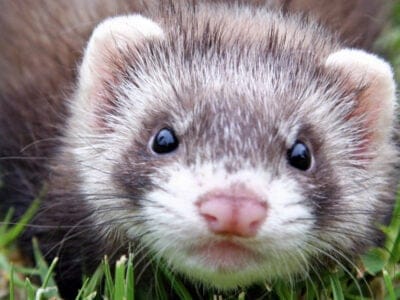
Sable Ferret
Ferrets were used during the Revolutionary War to keep down the rat population.
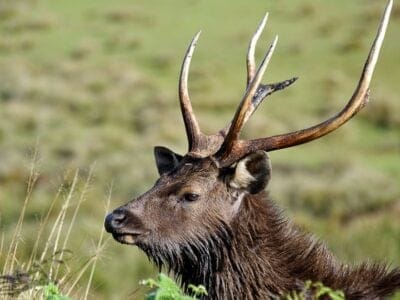
Sambar
Male sambars will compete for mates by clashing together with their antlers
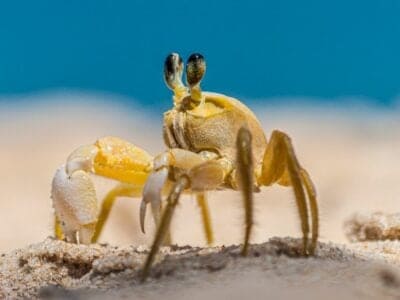
Sand Crab
The sand crab burrows beneath the sand with its tail
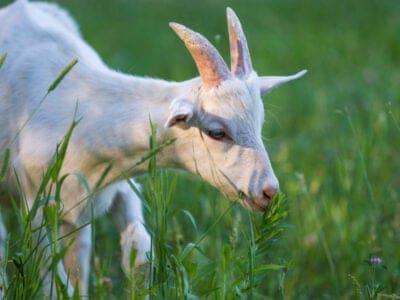
Savanna Goat
Savanna goats have only existed since 1957.
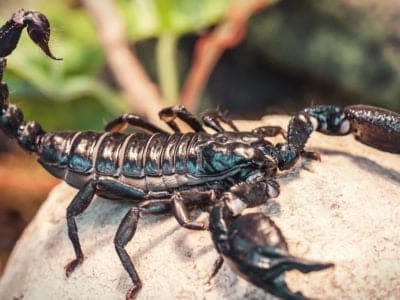
Scorpion
There are around 2,000 known species!
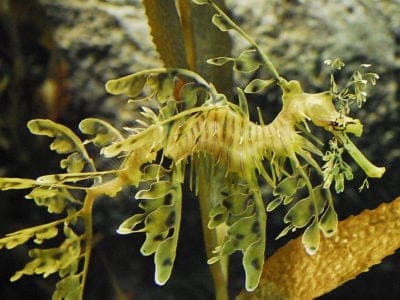
Sea Dragon
Inhabits tropical coastal waters of Australia!
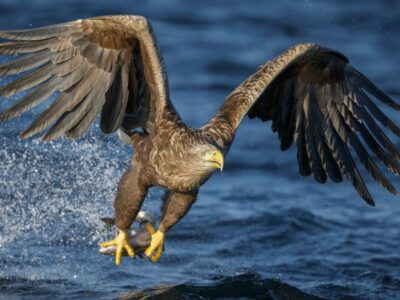
Sea Eagle
The sea eagle tends to mate for life with a single partner
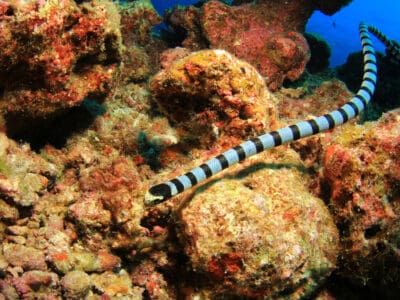
Sea Snake
The sea snake is incredibly venomous, even more than a cobra!”
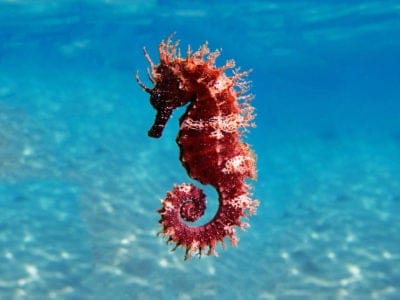
Seahorse
Males give birth to up to 1,000 offspring!
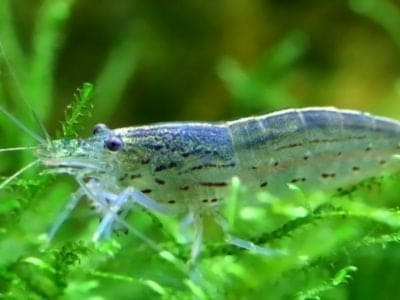
Shrimp
There are 2,000 different species worldwide!
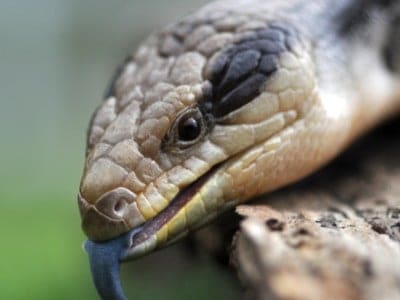
Skink Lizard
Some skinks lay eggs in some habitats while giving birth to skinklets in other habitats.
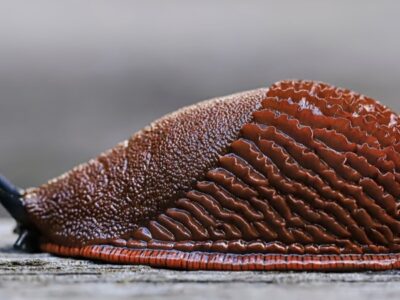
Slug
They glide around on one foot, which is aided by the slime they produce
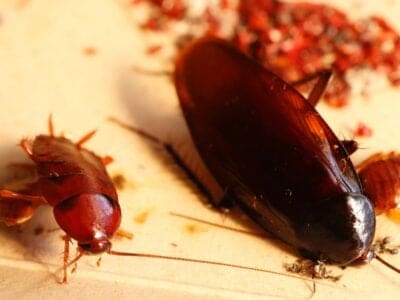
Smokybrown Cockroach
Has up to 45 eggs per egg case
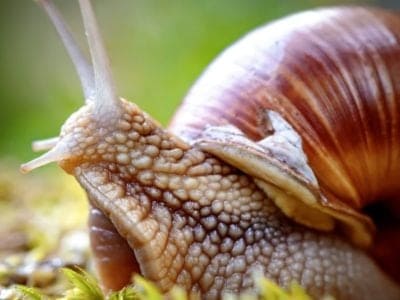
Snail
There are nearly 1,000 different species!
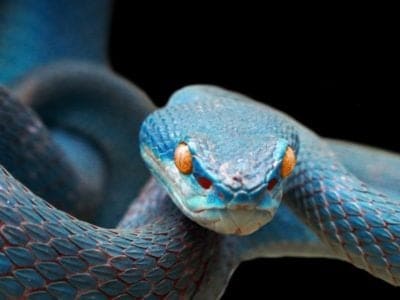
Snake
There are around 4,000 known species worldwide
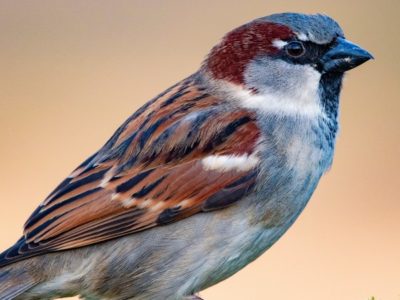
Sparrow
There are 140 different species!
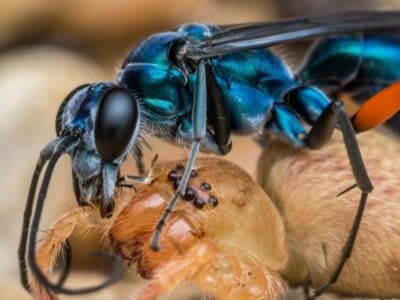
Spider Wasp
They prey on spiders to feed their larvae or they parasitize other spider wasps.
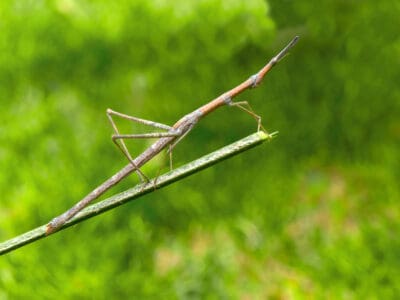
Stick Insect
There are more than 3,000 different species!
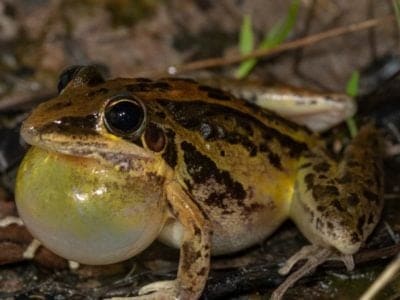
Striped Rocket Frog
Long powerful hind legs!
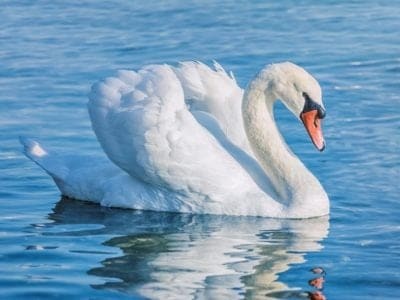
Swan
Populations have been affected by pollution!
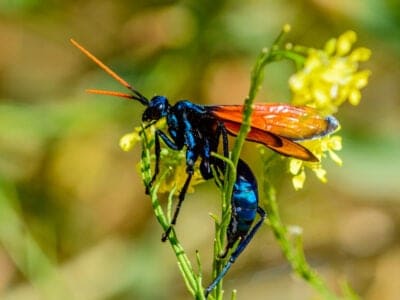
Tarantula Hawk
Tarantula hawks are excellent pollinators, especially for milkweed.
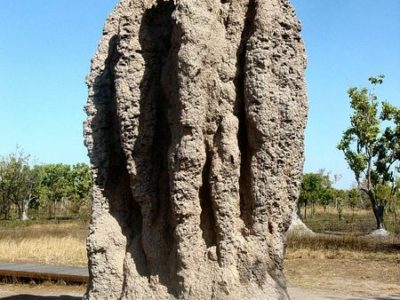
Termite
Their mounds can be up to 9 meters tall!
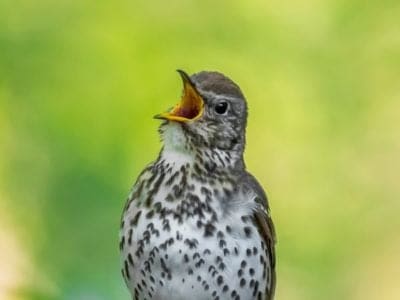
Thrush
The American robin is called the robin because its red breast reminded European settlers of the robin back in the old country.
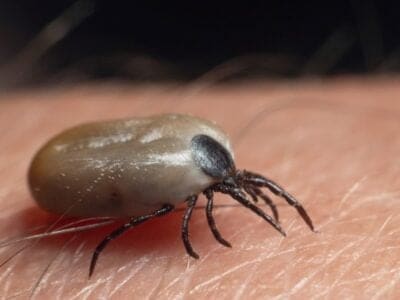
Tick
They inject hosts with a chemical that stops them from feeling the pain of the bite
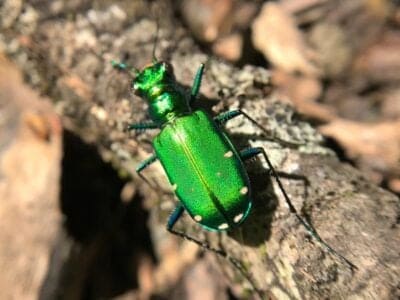
Tiger Beetle
The adult tiger beetle is one of the fastest land insects in the world
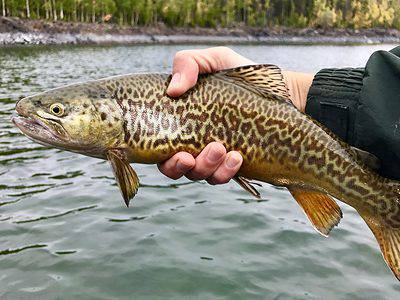
Tiger Trout
As tiger trout are sterile, they cannot produce offspring. However, they do have relatively long lifespans and can live up to 10 years in captivity.
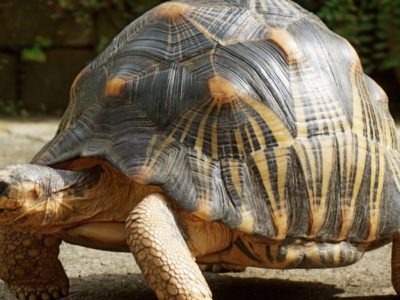
Tortoise
Can live until they are more than 150 years old!
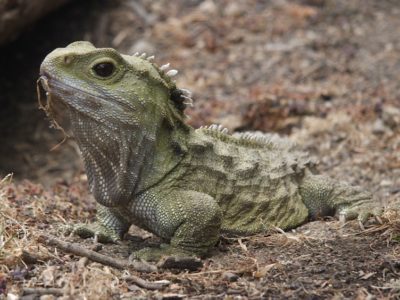
Tuatara
Only found on a few of New Zealand's islands!

Turtles
Some species of aquatic turtles can get up to 70 percent of their oxygen through their butt.
Waimanu
The albatross is related to the waimanu!
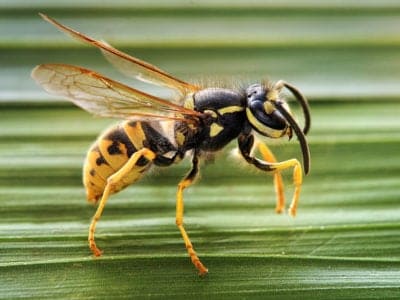
Wasp
There are around 75,000 recognised species!
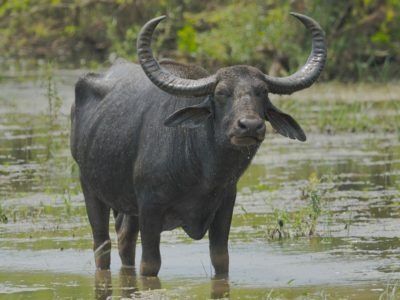
Water Buffalo
Has been domesticated for thousands of years!
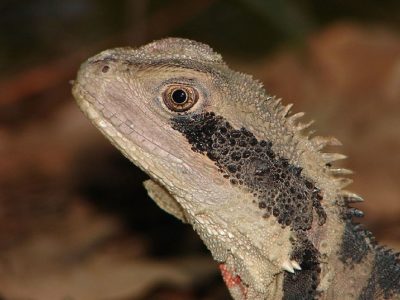
Water Dragon
Spends most of it's time in the trees!
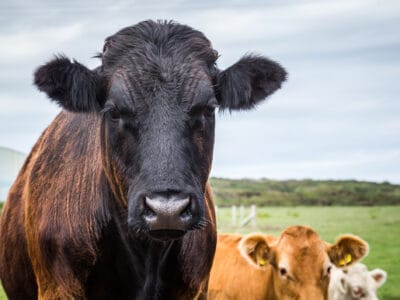
Welsh Black Cattle
Welsh Black Cattle were once used as currency in Wales and referred to as “black gold”.

White Ferret / Albino Ferrets
There are two different types of white ferrets!
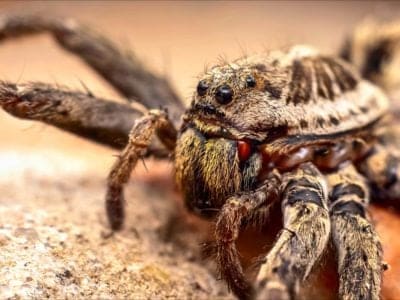
Wolf Spider
Carnivorous arachnid that hunts its prey.
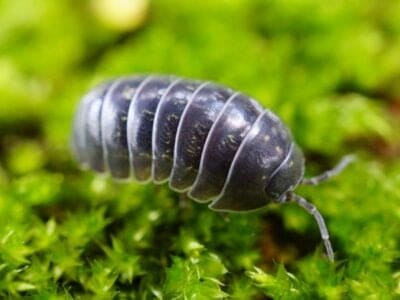
Woodlouse
This animal can roll up into a ball
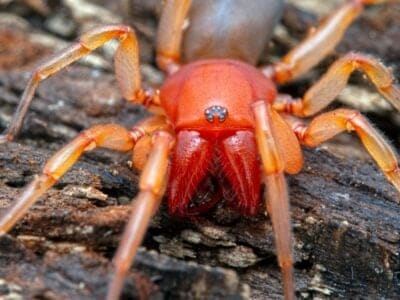
Woodlouse Spider
Unlike most spiders, woodlouse spiders don’t build a web.
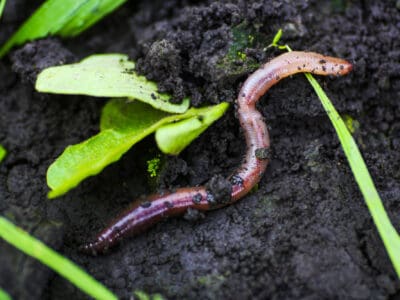
Worm
Doesn’t have eyes.
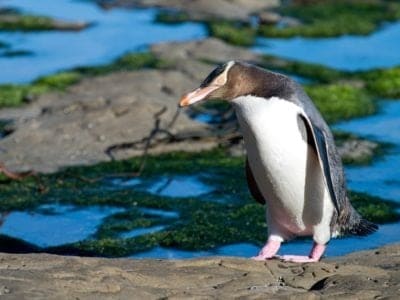
Yellow-Eyed Penguin
The rarest species of penguin!
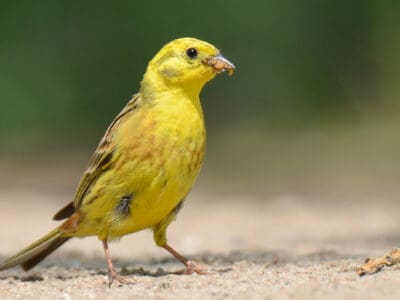
Yellowhammer
It interbreeds with the pine bunting
New Zealand Animals List
- Admiral Butterfly
- Albatross
- Angora Goat
- Ant
- Apple Moth
- Barn Owl
- Bat
- Bed Bugs
- Bee
- Beetle
- Bird
- Biscuit Beetle
- Black Widow Spider
- Blue Dragon Sea Slug
- Brown Dog Tick
- Butterfly
- Camel Cricket
- Carpenter Ant
- Cashmere Goat
- Cat
- Caterpillar
- Catfish
- Centipede
- Chicken
- Cockroach
- Codling Moth
- Common Furniture Beetle
- Common House Spider
- Cormorant
- Cow
- Crab
- Crab Spider
- Crane
- Crested Penguin
- Cricket
- Crocodile
- Cuckoo
- Diamondback Moth
- Dog
- Dog Tick
- Donkey
- Dragonfly
- Duck
- Dung Beetle
- Dunnock
- Dusky Shark
- Earthworm
- Earwig
- Eel
- Elephant Fish
- English Longhorn Cattle
- Ermine
- European Starling
- Falcon
- Fallow deer
- False Widow Spider
- Firefly
- Flea
- Fly
- Frog
- Fruit Fly
- Galapagos Shark
- Gecko
- German Cockroach
- Giant Trevally
- Giant Weta
- Giant Wood Moth
- Glowworm
- Gnat
- Grasshopper
- Gypsy Moth
- Gypsy Moth Caterpillar
- Haast’s Eagle
- Hamster
- Hare
- Hawk Moth Caterpillar
- Heron
- Highland Cattle
- Honey Bee
- Horse
- Horsefly
- House Sparrow (English Sparrow)
- Housefly
- Human
- Huntaway
- Huntsman Spider
- Ibis
- Insects
- John Dory
- Kakapo
- Kea
- Kiko Goat
- Kitefin Shark
- Kiwi
- Ladybug
- Laughing Kookaburra
- Lawnmower Blenny
- Leech
- Little Penguin
- Lizard
- Locust
- Magpie
- Mallard
- Marine Toad
- Mayfly
- Mealybug
- Millipede
- Mole
- Monarch Butterfly
- Mongrel
- Monitor Lizard
- Moorhen
- Mosquito
- Moth
- Mouse
- Muscovy Duck
- Myna Bird
- Nematode
- Neptune Grouper
- No See Ums
- Orb Weaver
- Otter
- Owl
- Pacific Spaghetti Eel
- Parrot
- Perch Fish
- Peregrine Falcon
- Pheasant
- Pigeon
- Possum
- Praying Mantis
- Quail
- Rat
- River Turtle
- Robin
- Rockhopper Penguin
- Rodents
- Rooster
- Sable Ferret
- Sambar
- Sand Crab
- Savanna Goat
- Scorpion
- Sea Dragon
- Sea Eagle
- Sea Snake
- Seahorse
- Shrimp
- Skink Lizard
- Slug
- Smokybrown Cockroach
- Snail
- Snake
- Sparrow
- Spider Wasp
- Stick Insect
- Striped Rocket Frog
- Swallowtail Butterfly
- Swallowtail Caterpillar
- Swan
- Tarantula Hawk
- Termite
- Thrush
- Tick
- Tiger Beetle
- Tiger Trout
- Tortoise
- Tuatara
- Turtles
- Waimanu
- Wasp
- Water Buffalo
- Water Dragon
- Welsh Black Cattle
- White Ferret / Albino Ferrets
- Wolf Spider
- Woodlouse
- Woodlouse Spider
- Worm
- Yellow-Eyed Penguin
- Yellowhammer
Animals in New Zealand FAQs (Frequently Asked Questions)
What kind of animals live in New Zealand?
The most populous animals in New Zealand are birds, marine life and reptiles. New Zealand did not naturally have land predators until humans moved in.
What is the main animal in New Zealand?
The kiwi is the most well-known animal in New Zealand.
Does New Zealand have dangerous animals?
Unlike Australia, New Zealand has very few dangerous animals.



